The Next Wave: B2B ECommerce Trends Beyond 2024







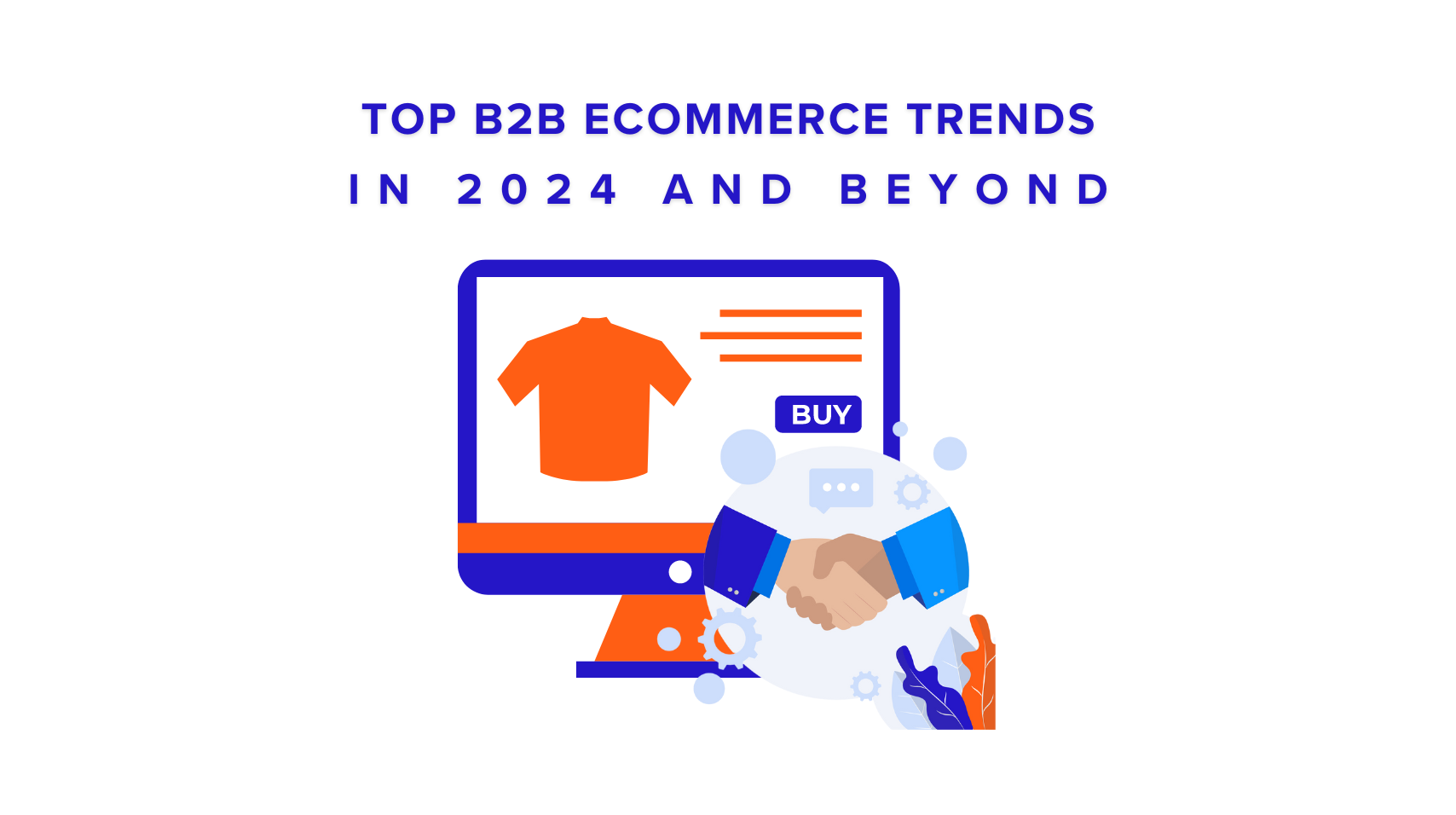
In the current B2B market, buyers are becoming more tech-savvy, mirroring the independent purchasing patterns of B2C consumers. This shift is driven by the changing demographics of B2B buyers, with 64% being Millennials and Gen Z, according to Forrester. Moreover, Gartner notes that 44% of Millennials prefer to make purchases without the involvement of sales representatives.
As a result, B2B eCommerce trends are rapidly evolving, influenced by both consumer behavior and technological progress. The increasing integration of generative AI into eCommerce, and the merging of online and offline experiences, are all pivotal trends. Keeping pace with these developments is essential; otherwise, businesses risk lagging in the fiercely competitive B2B eCommerce landscape.
In this article, let’s explore the top 8 B2B eCommerce trends that will shape the industry in 2024 and for many years to come.
1. AI For Personalized Customer Experiences
AI is making big strides in online shopping. AI chatbots are now a key part of customer service, offering personalized assistance and product suggestions. For example, Shopify Magic has AI tools that help create content and provide tailored shopping advice.
Chatbots are widespread, with over 1.4 billion people interacting with these AI systems worldwide. Retailers who have adopted AI have seen a significant increase in sales. It’s predicted that by 2027, 80% of retail leaders will use AI to enhance efficiency in their operations.
Beyond retail, AI is set to make a major impact on the economy. PwC estimates that AI could contribute as much as $15.7 trillion to the global GDP by 2030, affecting many industries.
2. Utilize Tools & Features For Workflow Automation
Businesses are increasingly turning to automation to improve efficiency without growing their teams. According to Markets and Markets, the marketing automation industry is expected to grow from USD 5.2 billion in 2022 to USD 9.5 billion by 2027, with a 12.8% yearly growth rate. Additionally, 57% of companies plan to use automation to make their employees more productive.
Shopify Flow is a tool that automates routine tasks for businesses. It activates specific actions based on rules set by the user, simplifying the workflow.
3. Embrace The B2B Omnichannel Model
With the rise of AI and automation, businesses are increasingly embracing an omnichannel strategy. This trend allows for seamless interaction across various channels, helping companies to be more budget-efficient in managing both their online and physical storefronts, ultimately enhancing customer satisfaction.
Data shows companies with robust omnichannel engagement retain 89% of customers, compared to 33% for those without. Additionally, 59% of consumers prefer self-research over interacting with sales-focused staff, highlighting the need for sales teams to prioritize customer guidance. Moreover, establishing a solid omnichannel base is essential, followed by streamlining all digital touchpoints for a unified and efficient customer journey. You can learn more on how to build an effective omnichannel strategy here.
Digital Touchpoints Need To Be Streamlined
In B2B e-commerce, the harmony of digital touchpoints is essential for delivering an exceptional customer experience and driving sales. Integrating all digital channels, such as payment systems, online stores, and customer support, is crucial. This integration provides a unified customer profile, streamlining management across multiple channels and focusing on omnichannel sales.
Streamlining transcends mere system connections; it ensures seamless data flow for personalized customer interactions. For instance, leveraging browsing habits for advertising and purchase history for customer service can develop comprehensive customer profiles.
Ultimately, streamlining is about fostering a consistent, reliable customer experience that bolsters brand interaction. Companies excelling in this are well-positioned for enduring success in the competitive B2B e-commerce market.
4. B2B Subscription eCommerce
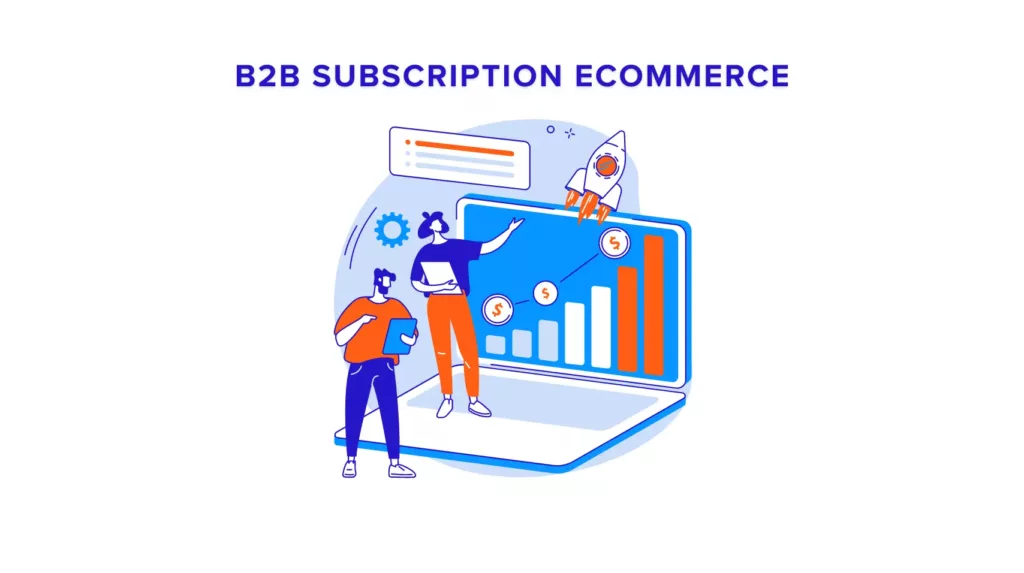
Subscription models are becoming vital for customer loyalty in B2B eCommerce, with the Global Subscription eCommerce Market expected to hit US$ 478 billion by 2025. These models offer a predictable revenue stream and deepen customer relationships beyond one-time sales. They cater to various business needs, from product supplies to software services. Moreover, as buying habits shift online, subscriptions align with customer preferences for self-services and problem-solving services.
Moreover, businesses often find that prioritizing the enhancement of the customer experience yields better results than constantly pursuing new leads. In the B2B sector, nurturing existing relationships and promoting additional purchases can be more profitable strategies than seeking out new customers. Find more about subscription eCommerce here.
5. Headless B2B eCommerce
Headless architecture is a way of building online stores where the front-end and back-end work separately but talk to each other through an API. This setup lets the back end hook up with any front end, making it perfect for businesses that sell across different channels.
Looking ahead to 2024, headless B2B eCommerce is on the rise. It’s not going to replace traditional eCommerce completely, but it gives businesses a leg up by being more adaptable, integrating better with other systems, scaling up easily, and making life easier for developers. All this leads to a better experience for business customers. The headless commerce market is booming; it’s expected to grow to $32.1 billion by 2027, with a yearly growth rate of 20.5%. You can find more information about headless eCommerce here.
6. Mobile Commerce
The trend of using mobile phones for online shopping is on the rise, primarily due to the advancements in online payment systems. This shift is attributed to the seamless buying experience provided by mobile commerce, where customers are quickly redirected to payment apps like MoMo or ZaloPay, offering a hassle-free transaction compared to traditional website payments that require them to pick up their phones for the payment process.
Furthermore, mobile devices are leading the charge in the B2B digital commerce evolution, with a significant majority of consumers preferring them over desktops and tablets. This growing preference underscores eCommerce platforms’ importance in crafting responsive and well-tuned mobile shopping experiences.
To leverage this trend, eCommerce sites need to go beyond mere mobile-friendliness and aim for mobile optimization. This involves designing interfaces that facilitate thumb-friendly navigation, expediting the checkout process, and ensuring swift site loading times. By concentrating on these aspects, eCommerce sites can become preferred shopping destinations, boosting online sales. In the realm of mobile commerce, the ease and speed of the shopping experience are directly proportional to the likelihood of completing a sale.
7. B2B Payment Innovations
The B2B eCommerce sector is rapidly adopting digital efficiency in payment processes. Automation and advanced digital transactions are replacing traditional methods, significantly reducing operational costs and manual labor. This modernization benefits both companies and customers, offering a more streamlined payment experience.
In the dynamic realm of B2B eCommerce, the transition from traditional payment methods to automated and advanced digital transactions is accelerating. A study by Markets and Markets highlighted that adopting automated payment systems can reduce operational costs for accounts receivable departments by 50% and cut down manual tasks by 85%. This evolution is beneficial not only for businesses but also for customers, who now have the convenience of making payments at their own pace, thus enhancing the overall payment experience.
Mobile Payments
The proliferation of mobile technology has revolutionized both shopping and payment behaviors. As smartphones become integral to the consumer journey, offering various payment options, including digital wallets like Apple Pay or Samsung Pay, has become essential. The year 2024 will mark a point where not accommodating such payment methods could be detrimental to customer retention.
Buy Now Pay Later
The ‘Buy Now, Pay Later’ (BNPL) model is emerging as a significant trend, particularly in Vietnam, where it’s a departure from the traditional installment payments. Platforms like Shopee are incorporating BNPL, indicating its potential to reshape the B2B payment landscape significantly.
In the US, Buy Now, Pay Later (BNPL) has won over more than a third of consumers recently, and it’s also gaining traction in Europe and Africa. This surge is tied to shifts in how people, particularly the younger crowd, prefer to manage their money, with BNPL’s flexible and wallet-friendly options being a hit. Gen Z is leading the BNPL charge, as they’re stepping into the workforce in big numbers. The trend shows that BNPL use among Gen Z is set to grow from 36.8% in 2021 to 47.4% by 2025. You can read more about BNPL here.
8. Augmented Reality (AR) in B2B eCommerce
Augmented Reality (AR) is transforming B2B eCommerce, turning simple spaces into interactive showrooms. With AR, businesses create 3D models that customers can explore in detail, offering an engaging experience far beyond what static images can provide.
Vietnam is riding the AR wave with remarkable vigor. The market is booming, with forecasts predicting a surge from US$96.4 million in 2023 to US$181.5 million by 2028, thanks to an impressive annual growth rate of 13.48%. AR is already a hit in children’s books and playgrounds, but it’s set to become a staple in our everyday lives, moving beyond novelty to become a standard in our daily routines, especially in the B2B eCommerce market, much like the memorable Oreo campaign during Tet 2020.

Wrap Things Up!
B2B eCommerce is booming, outpacing traditional stores. This surge is driven by digital advances and the economic shift after the pandemic. It’s not just a change; it’s a new online business era, where tech innovations benefit both shoppers and companies.
Navigating the digital marketplace can be complex, but you don’t have to do it alone. With a solid decade of crafting B2B eCommerce solutions, SECOMM is here to support your business’s growth journey. Feel free to contact SECOMM or call our hotline at (+84) 28 7108 9908 to discover solutions that align with the latest trends and propel your business forward.






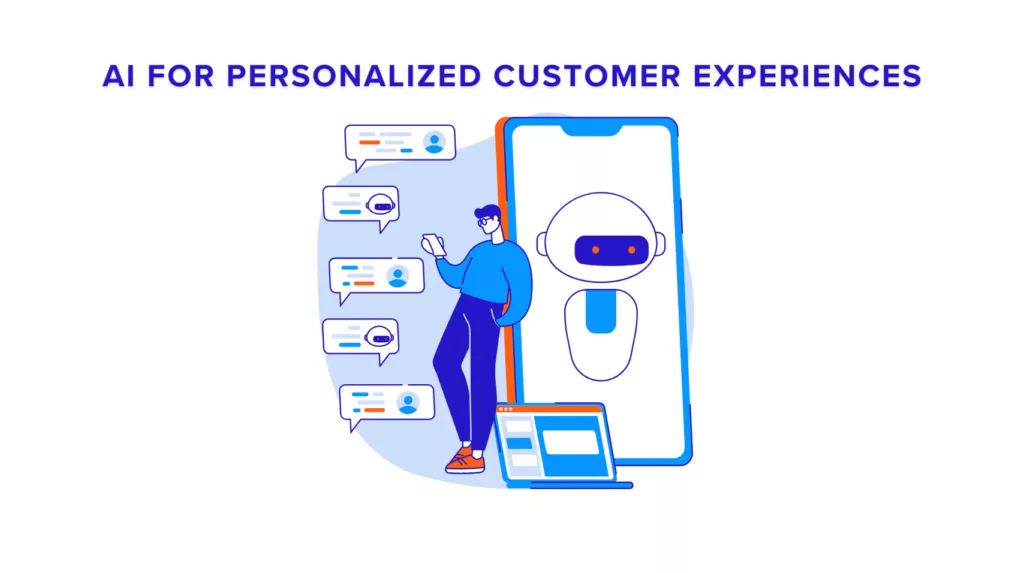
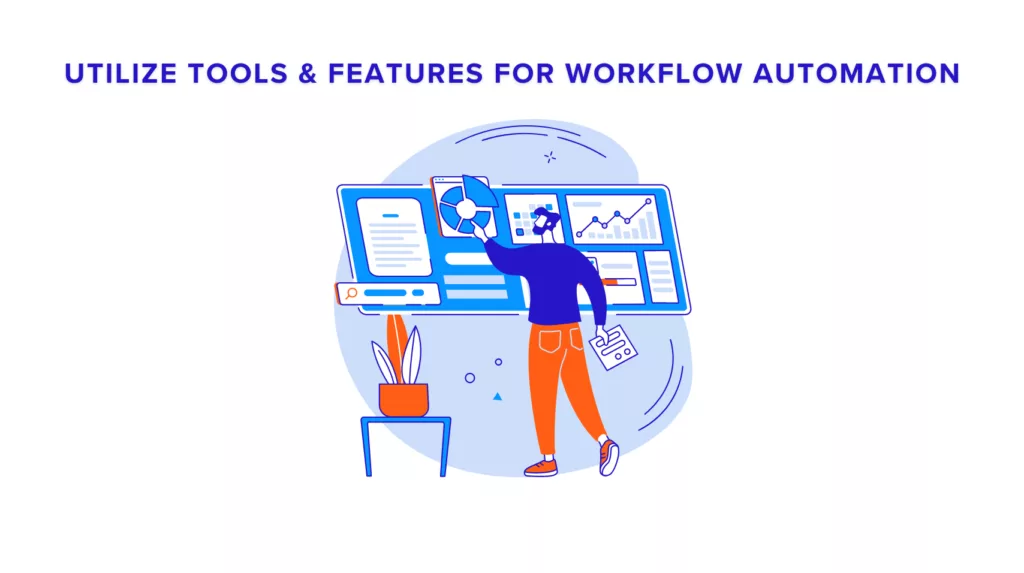
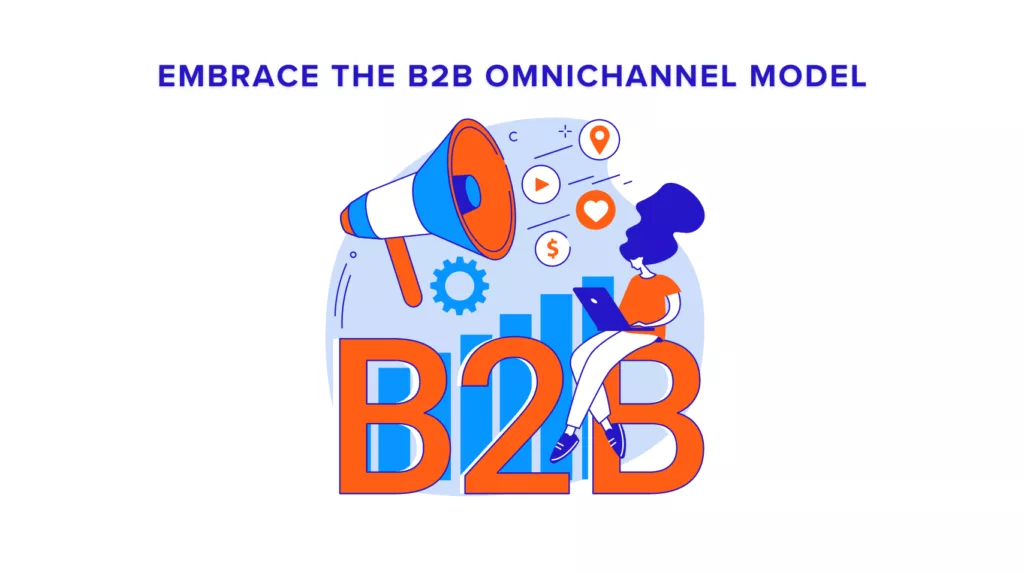
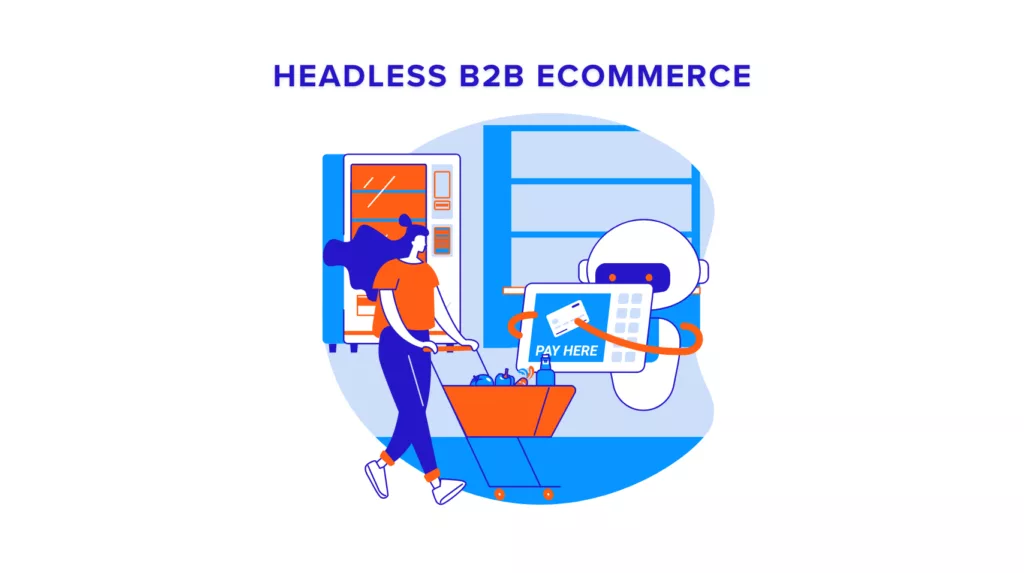
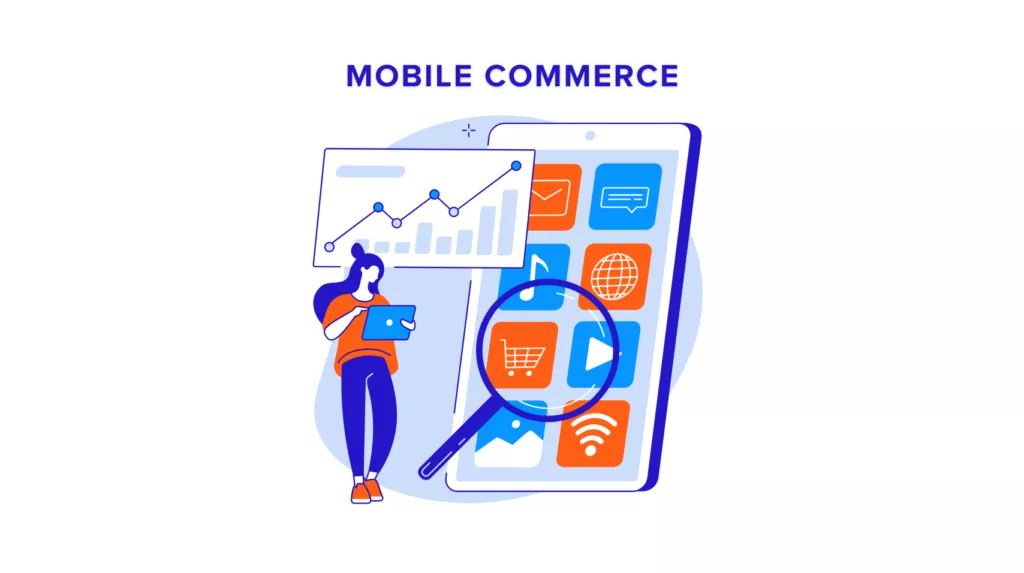
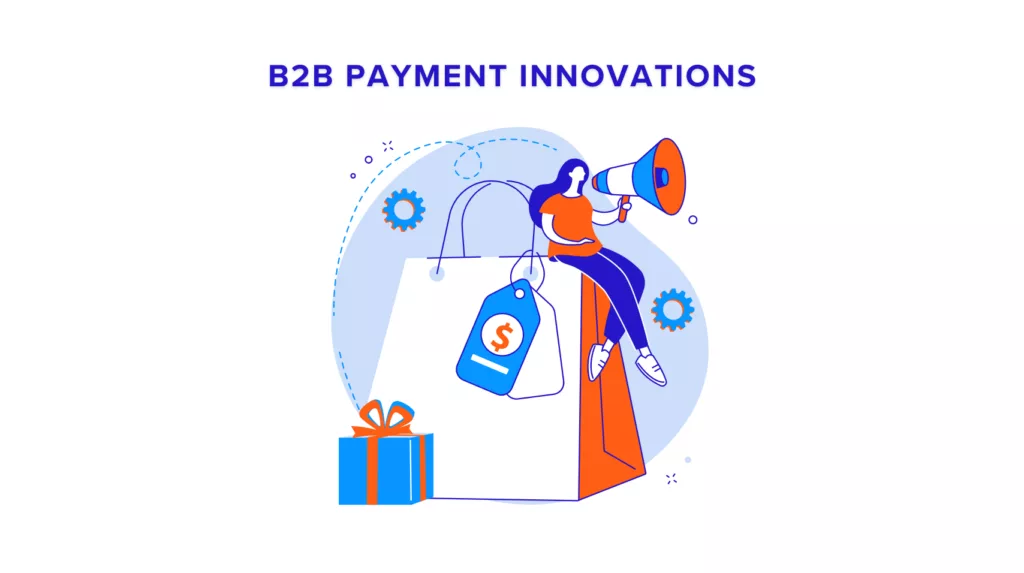





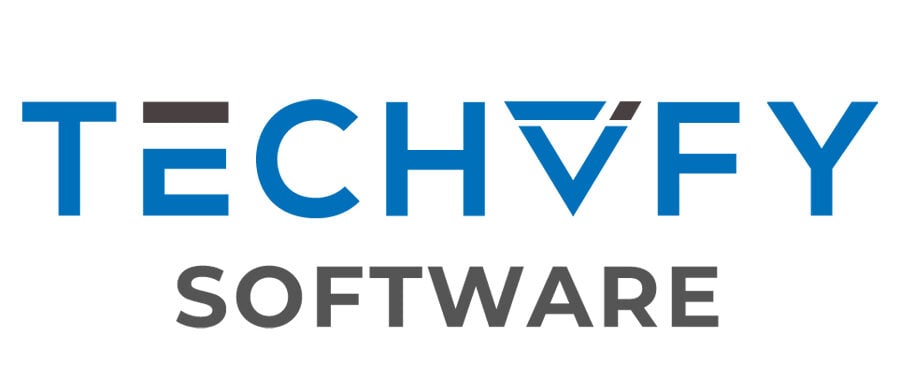





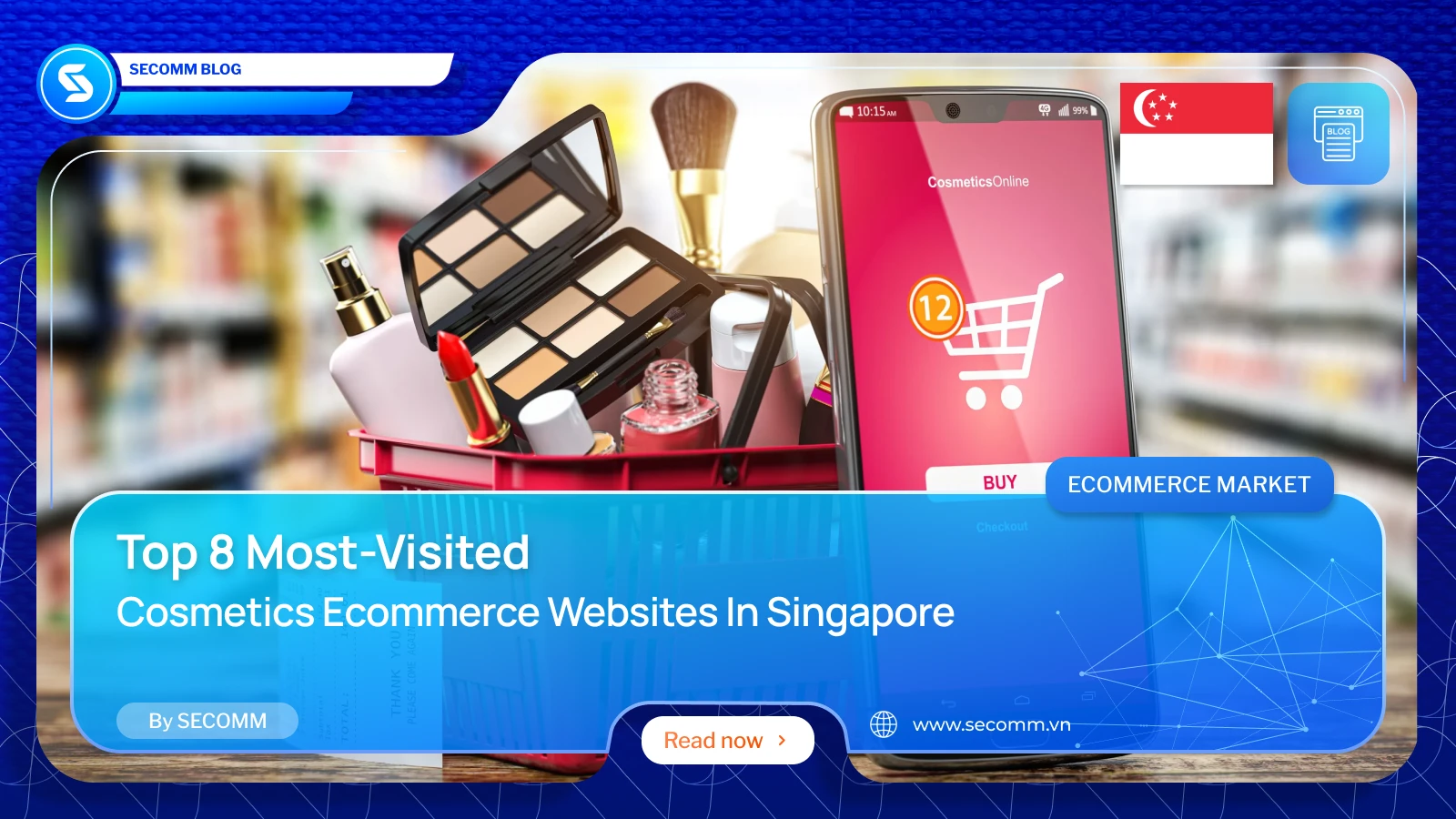


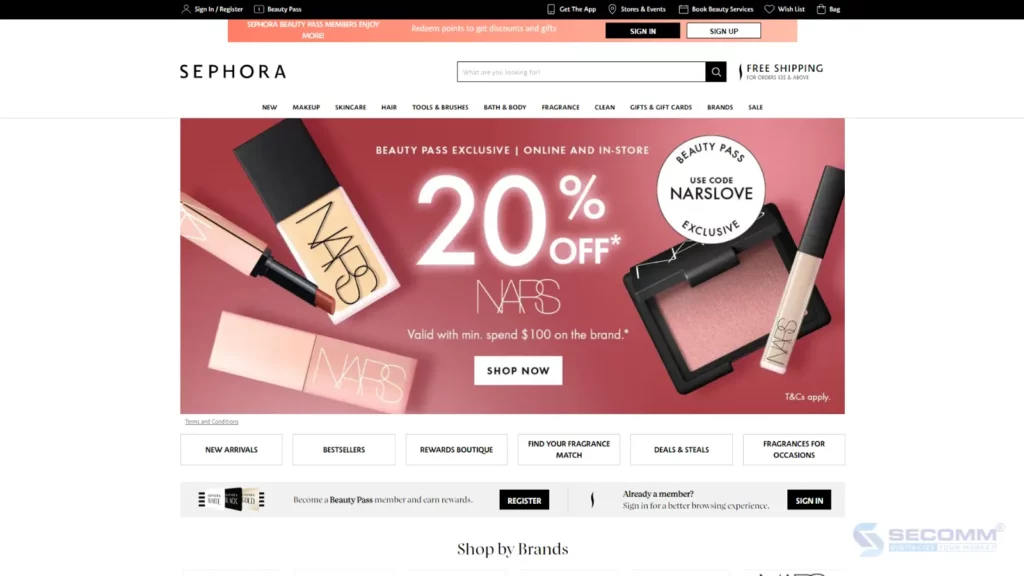
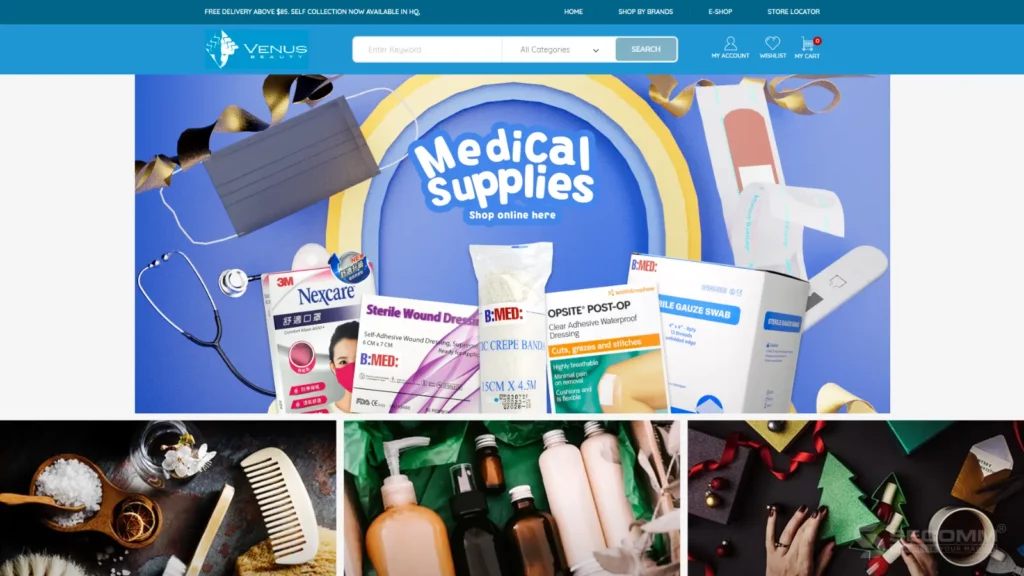
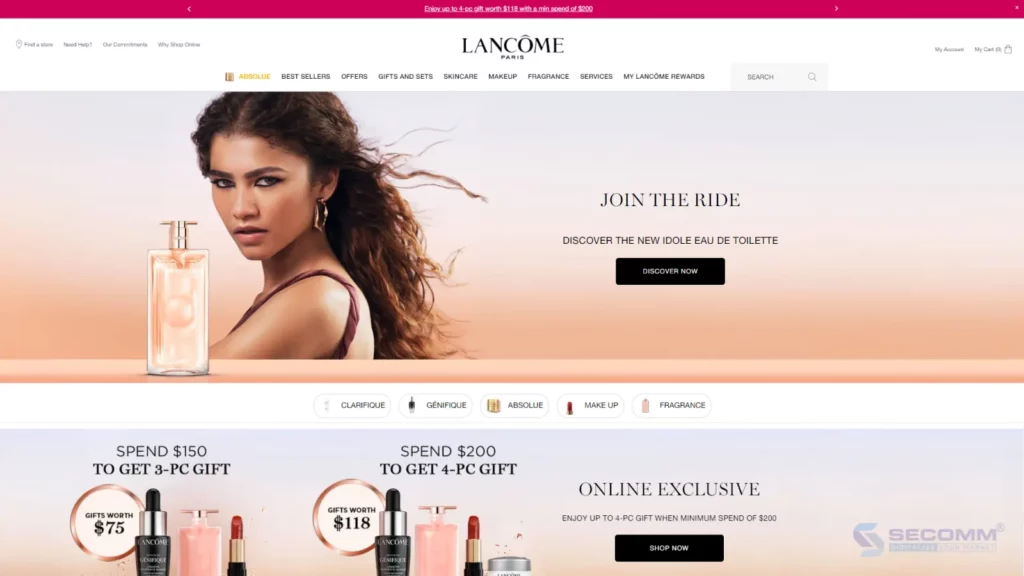
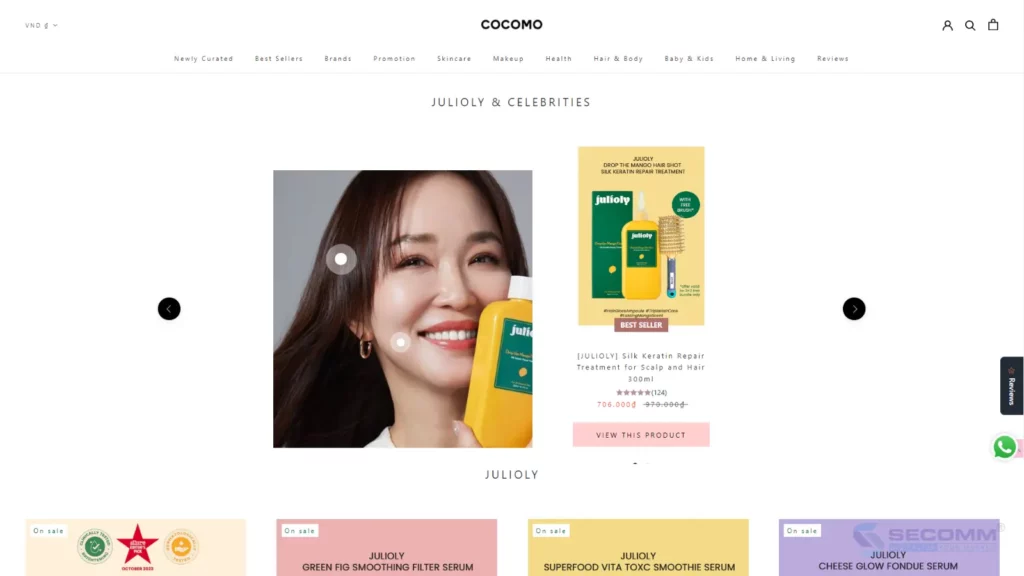
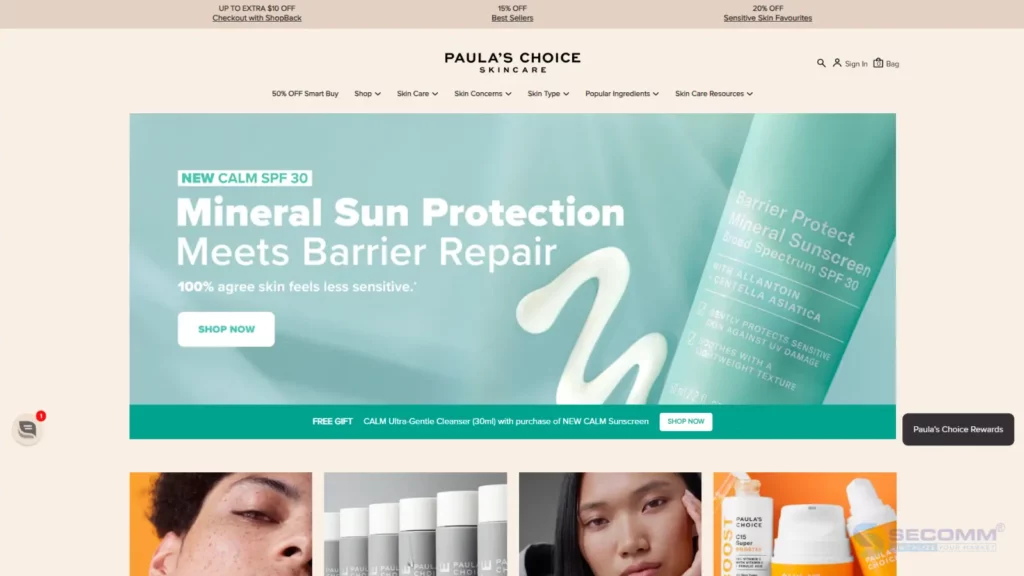


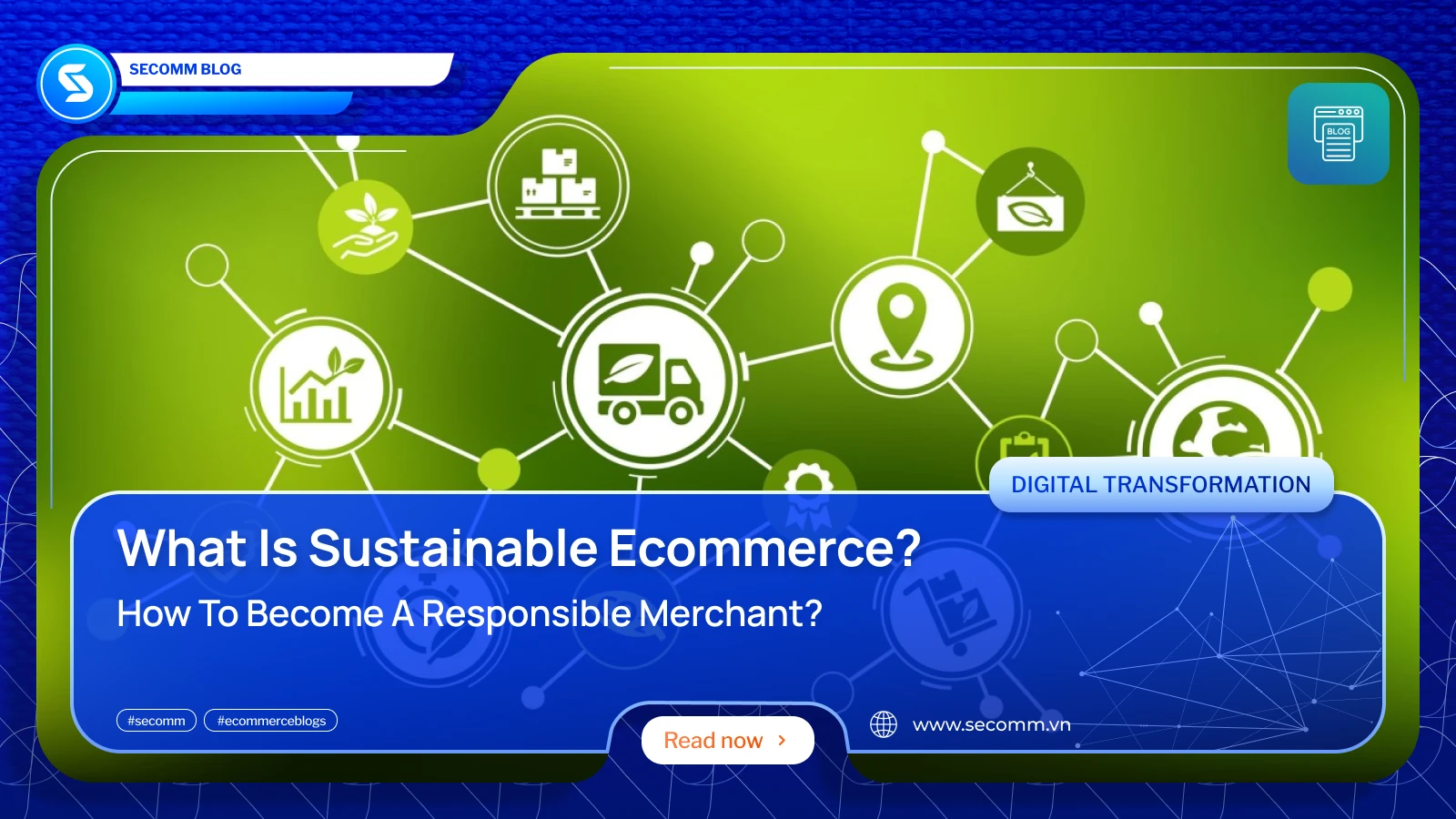

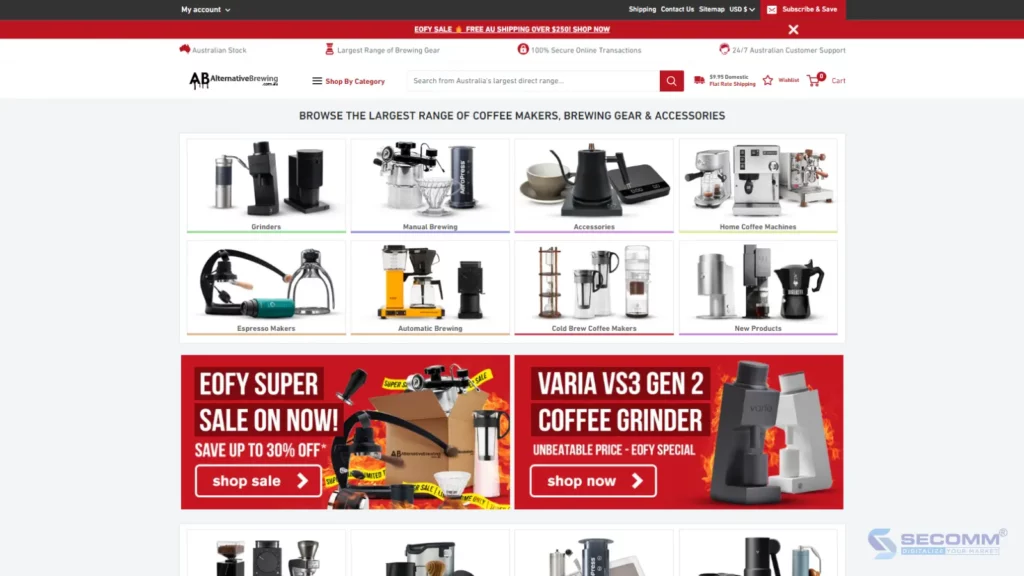
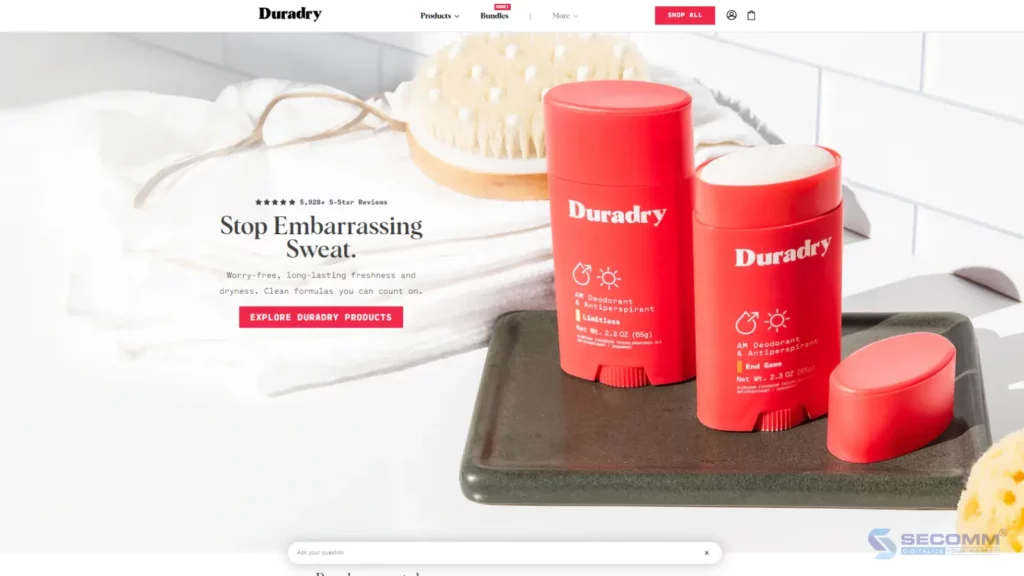
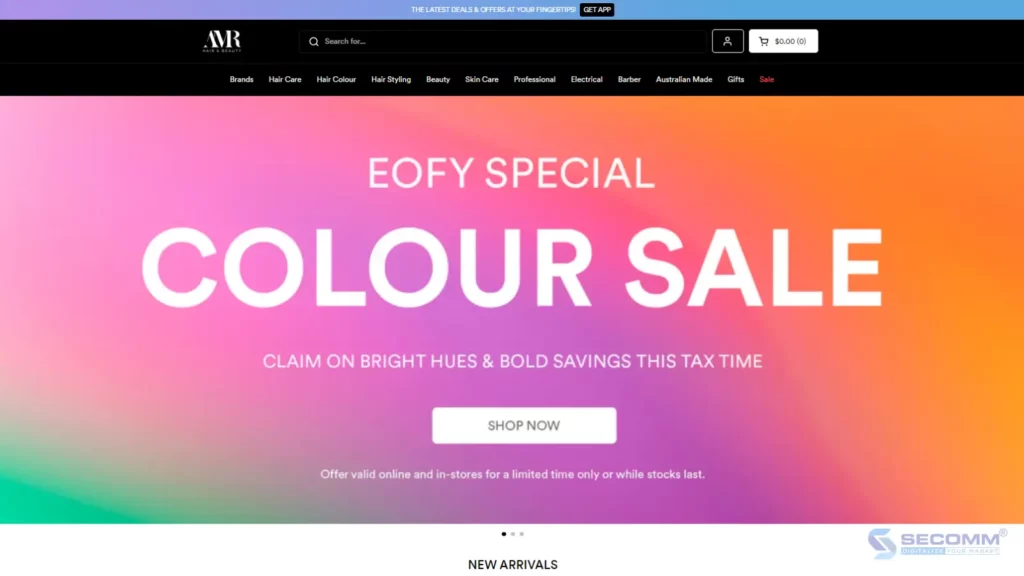
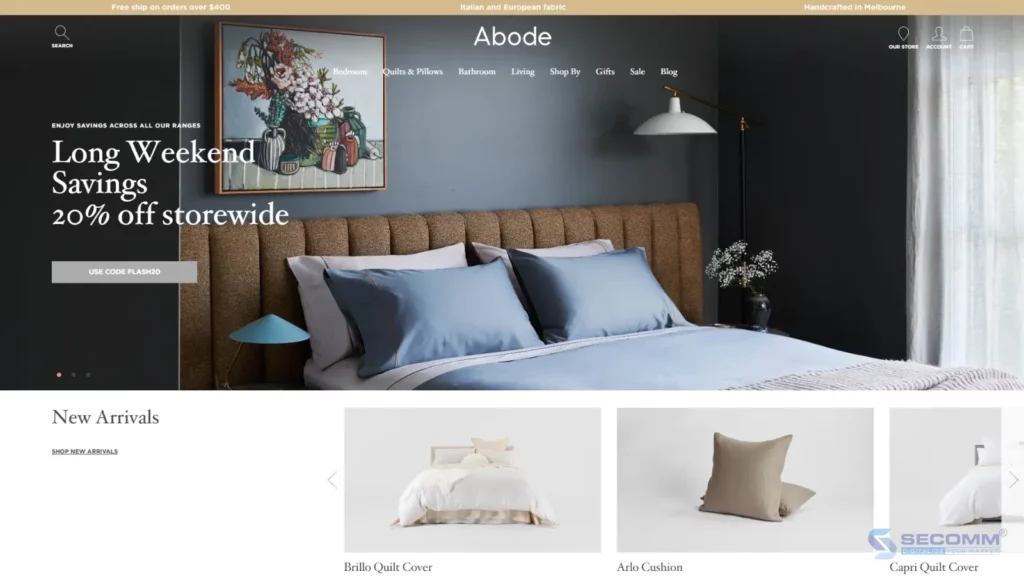

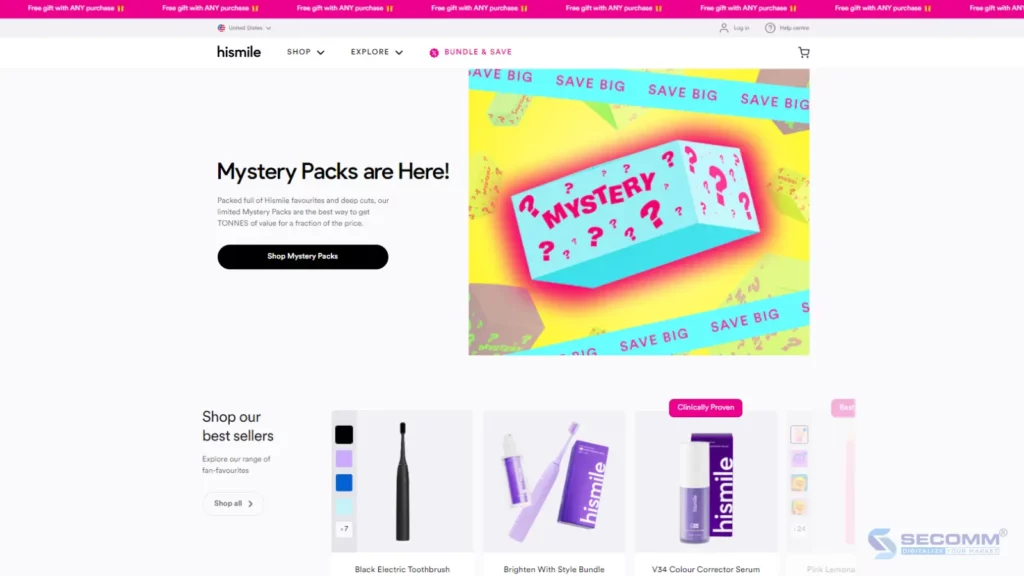

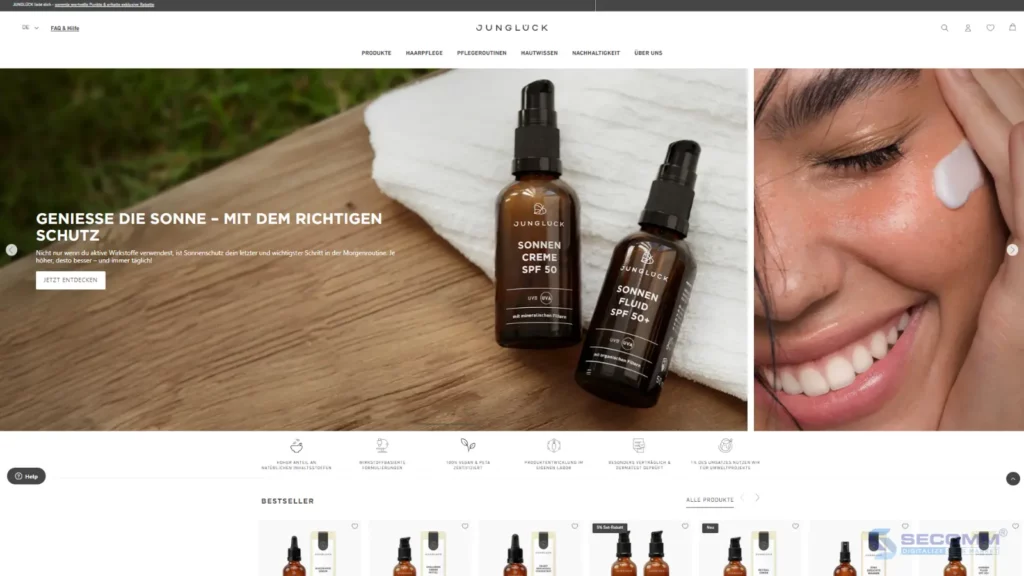
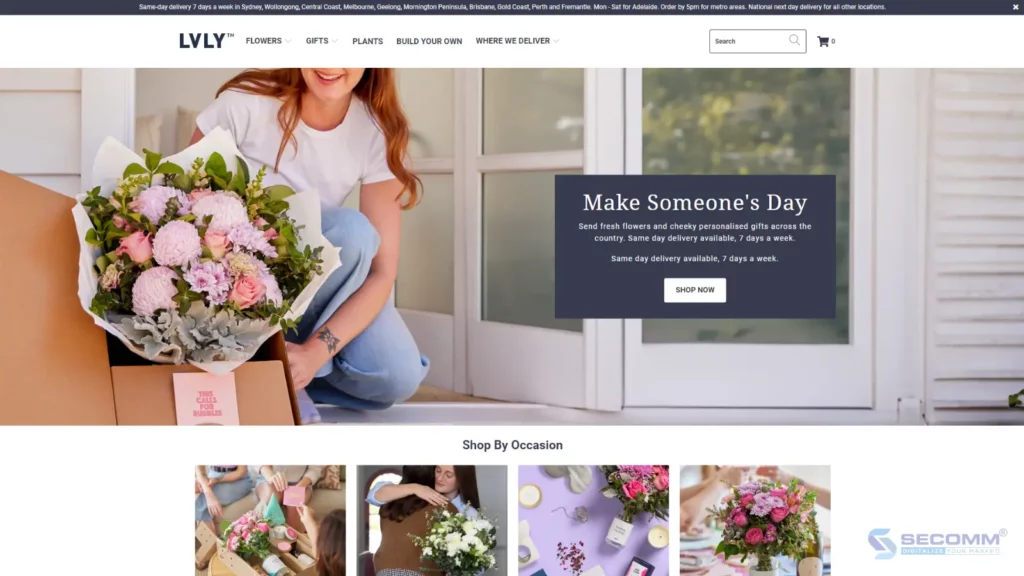
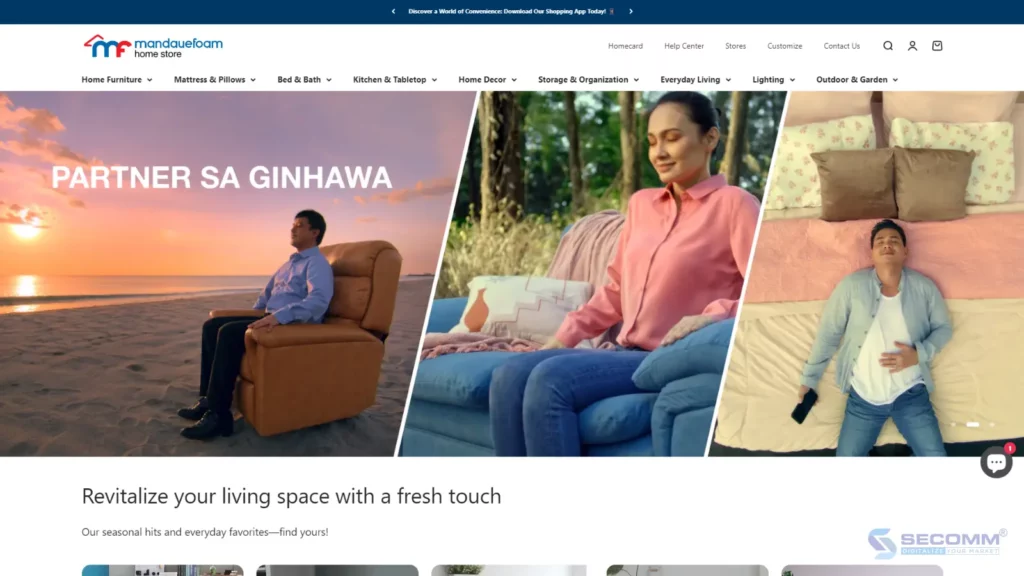
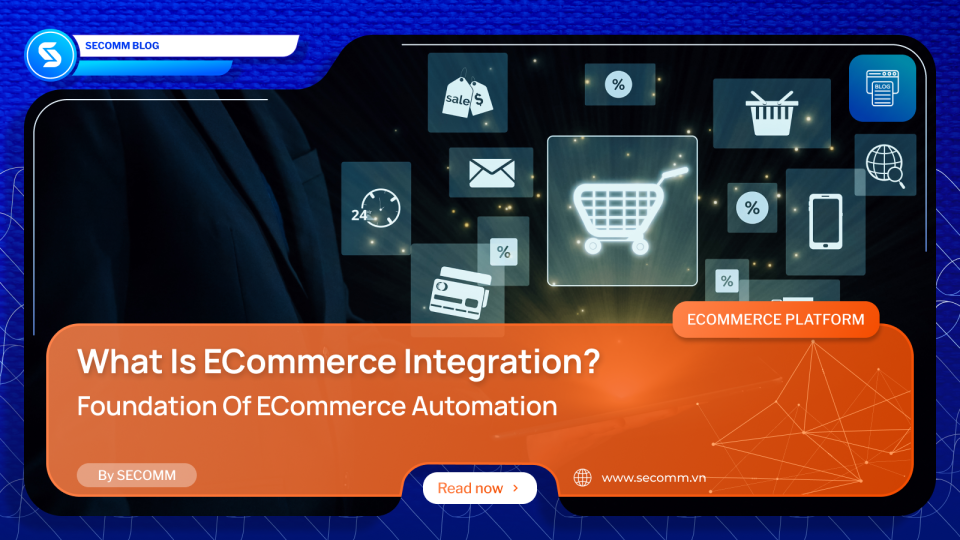
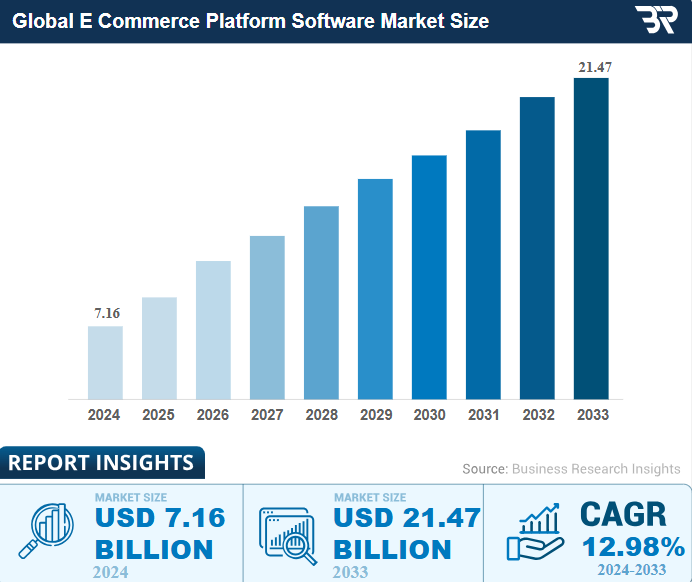


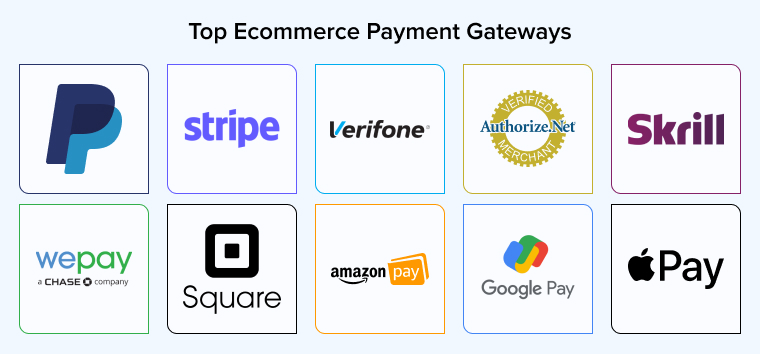


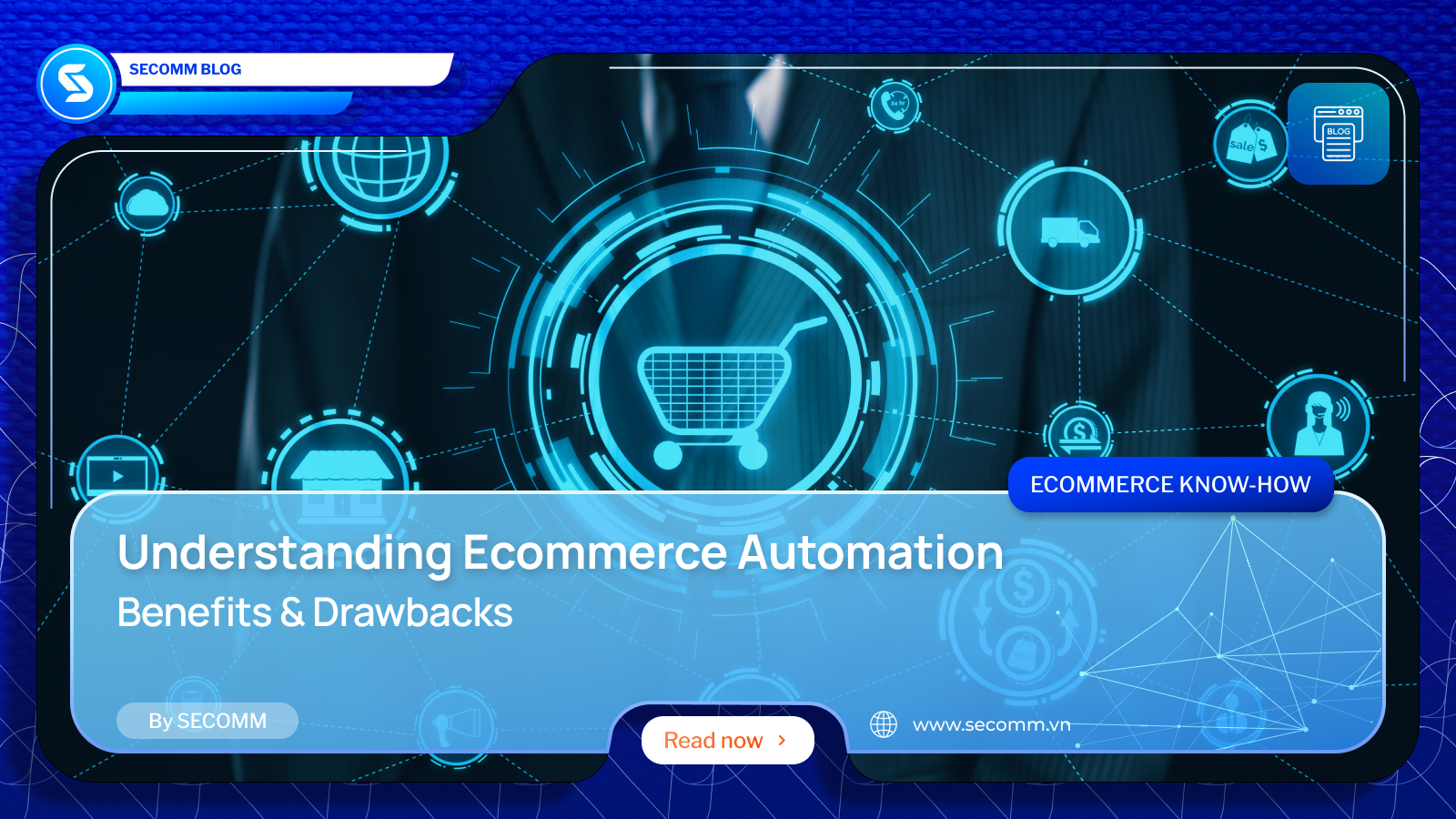
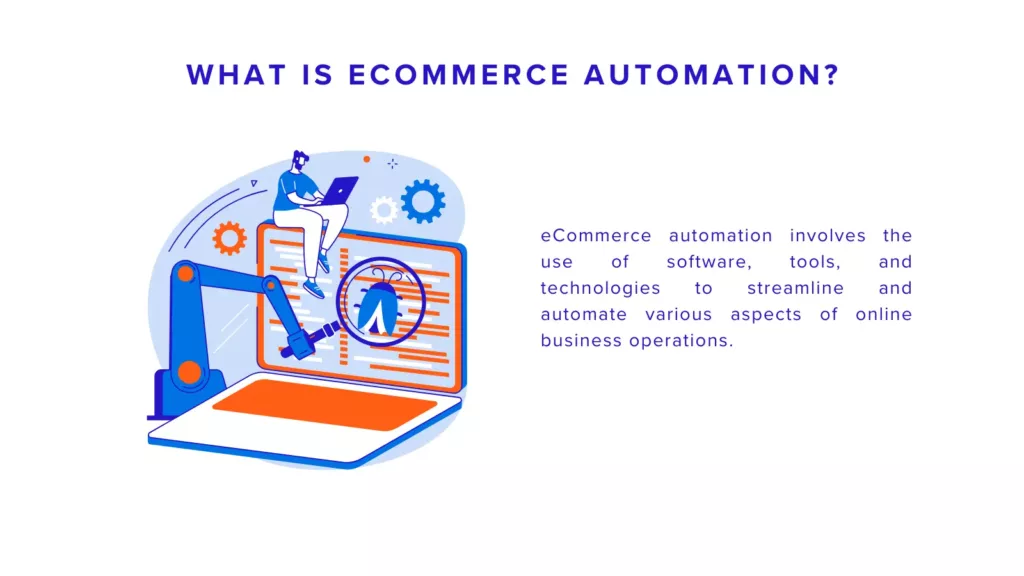
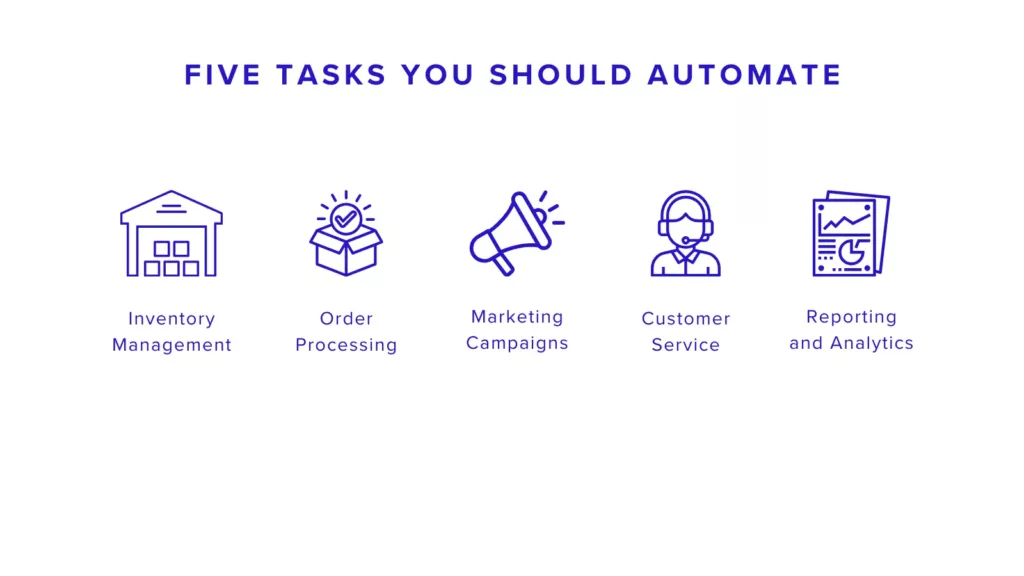
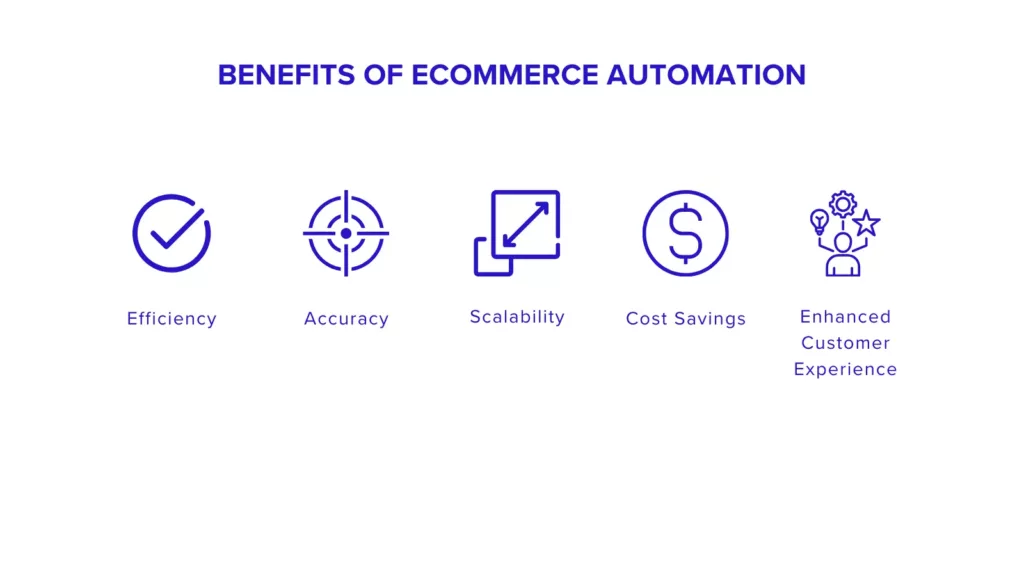
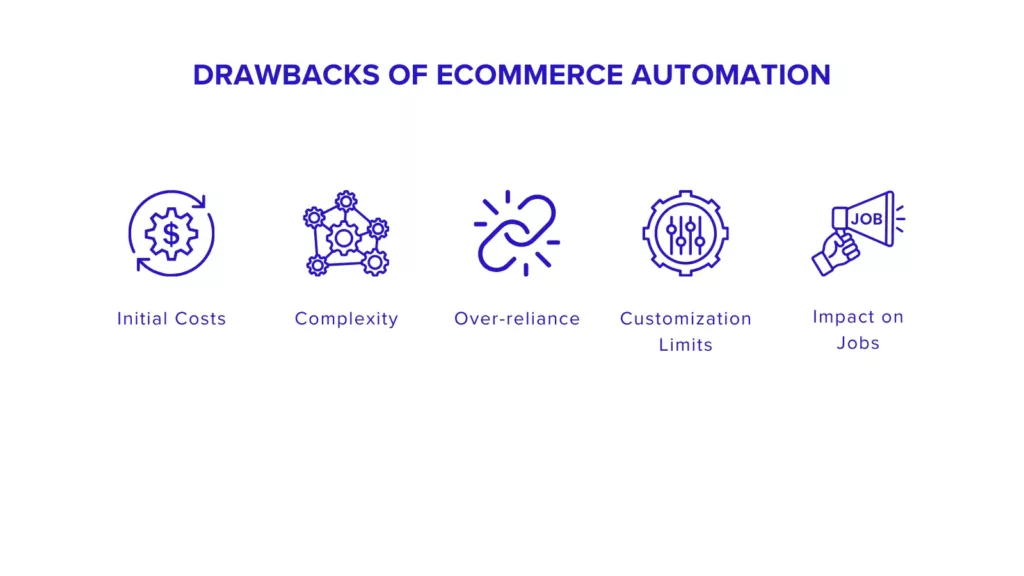
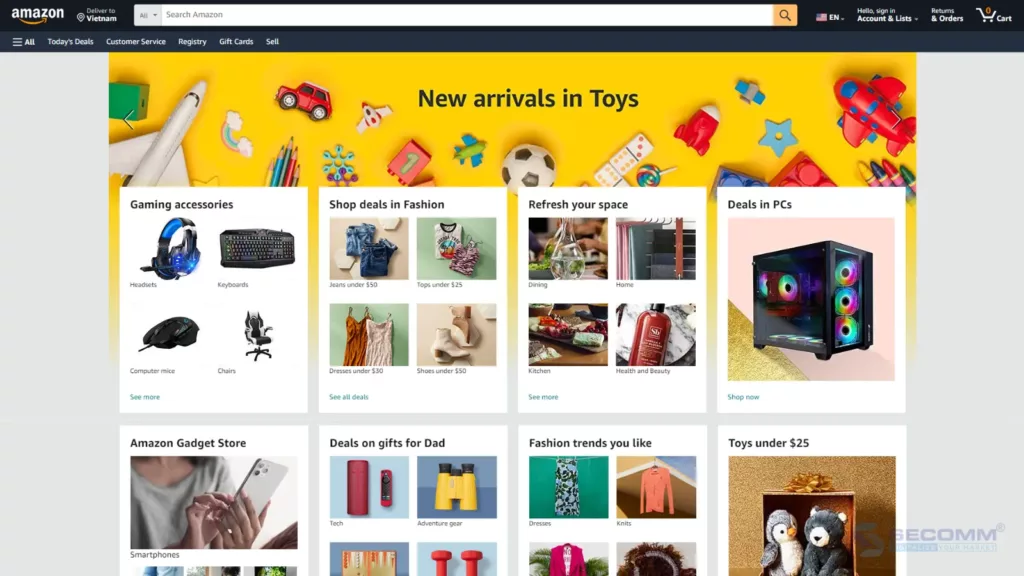
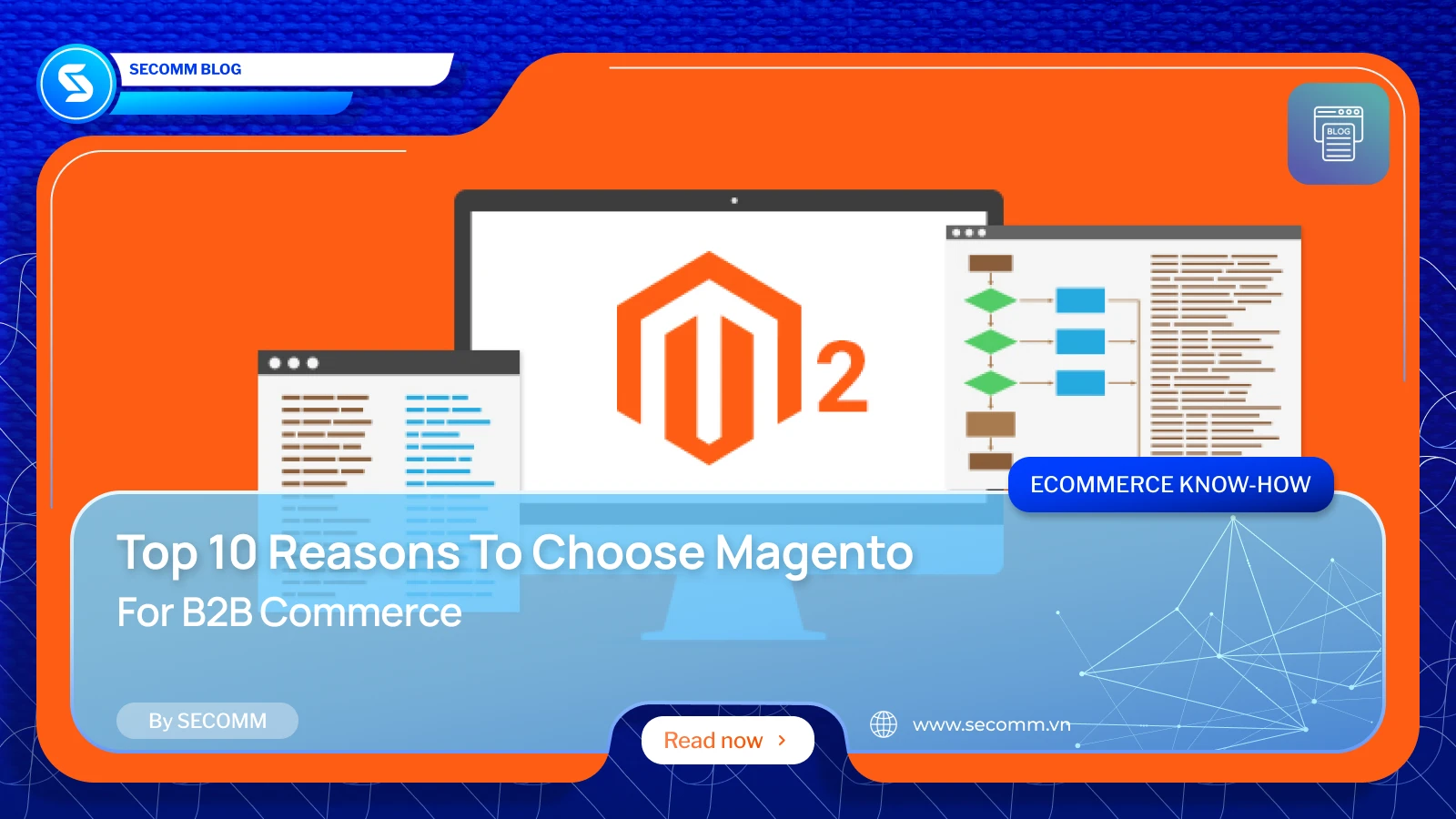
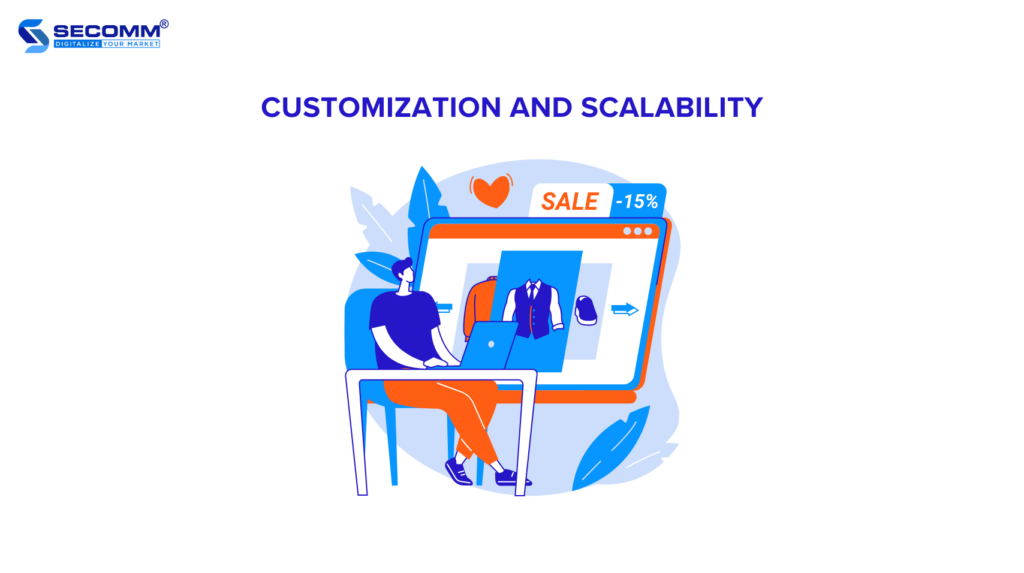
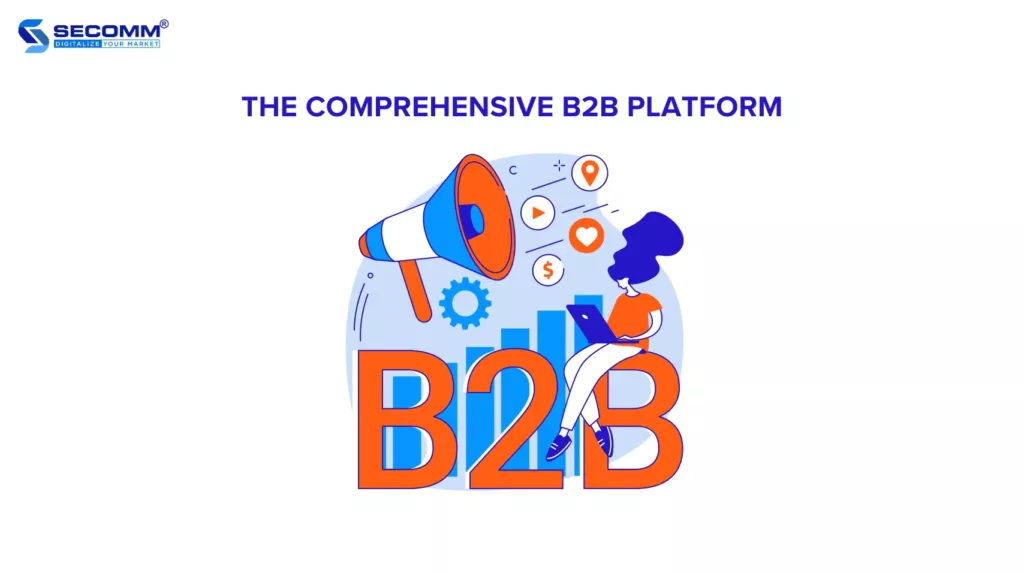
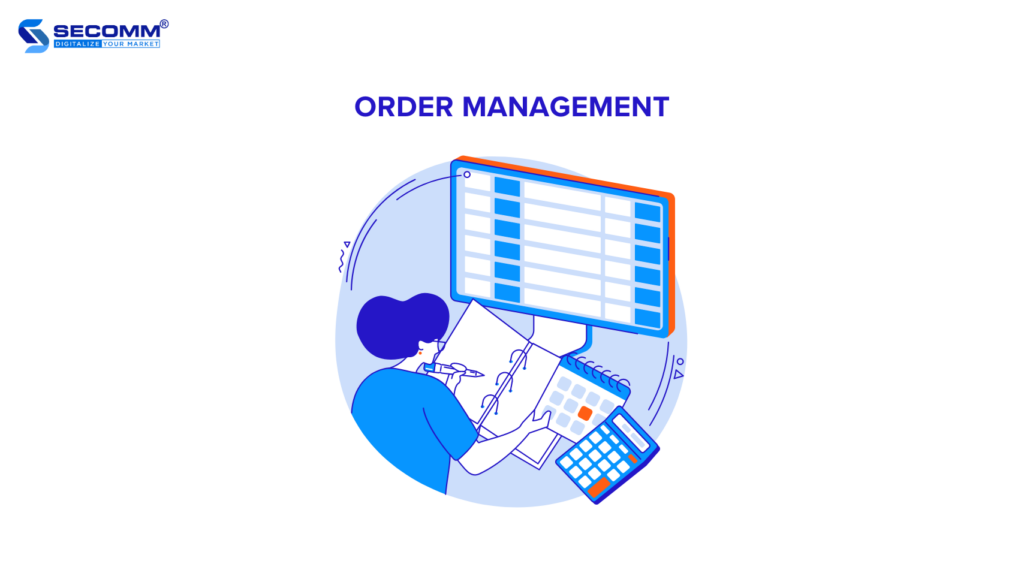
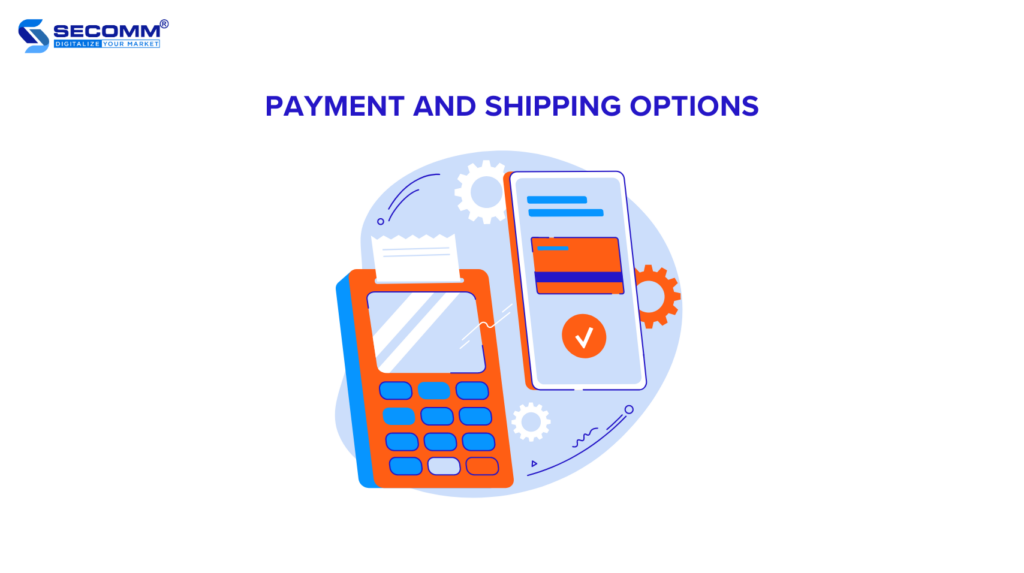
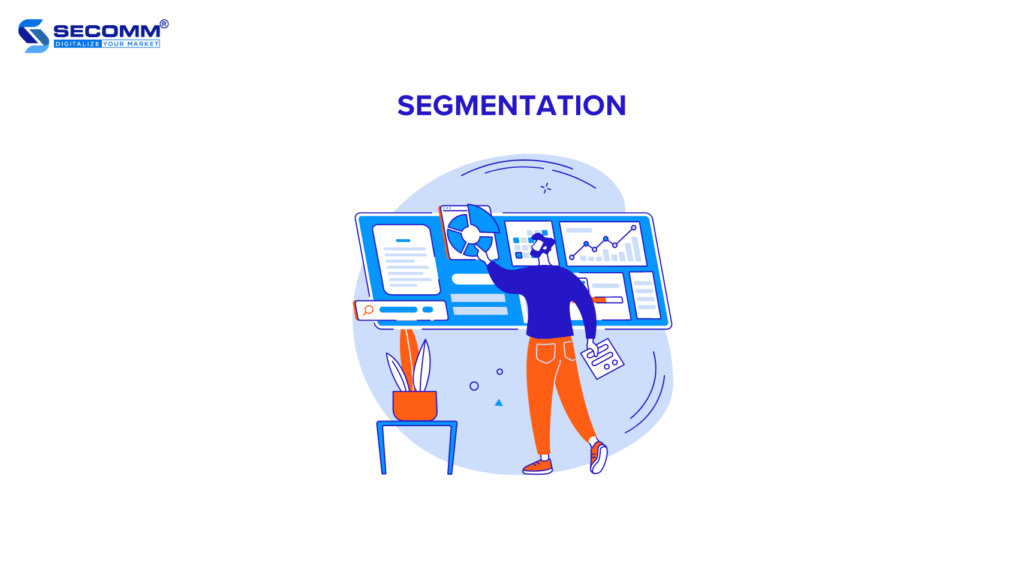
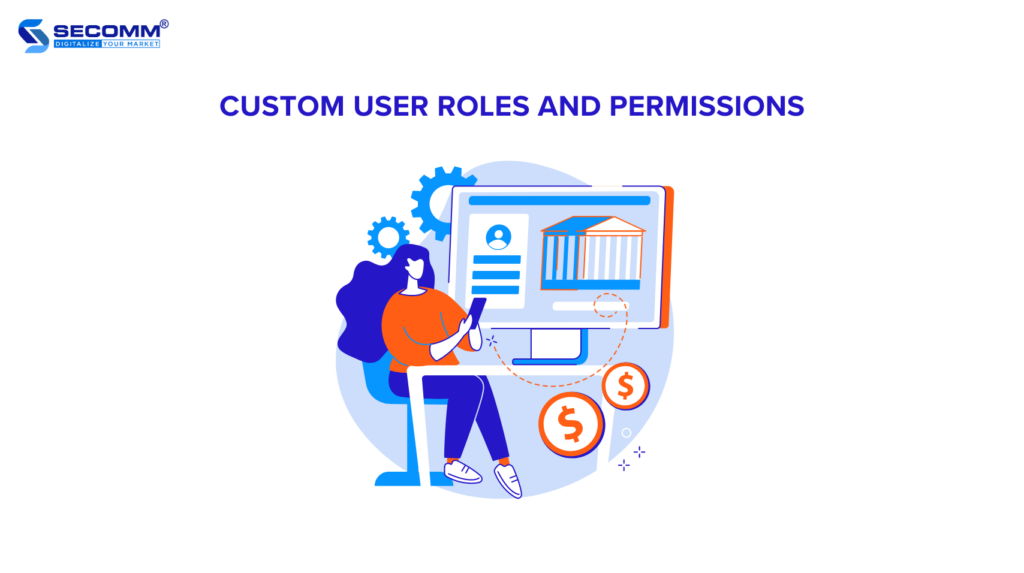
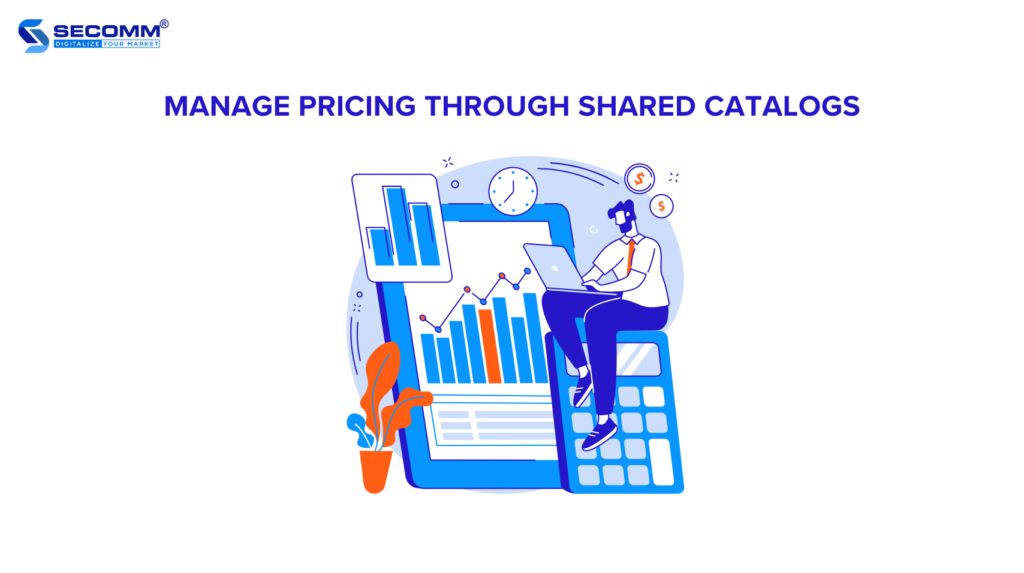
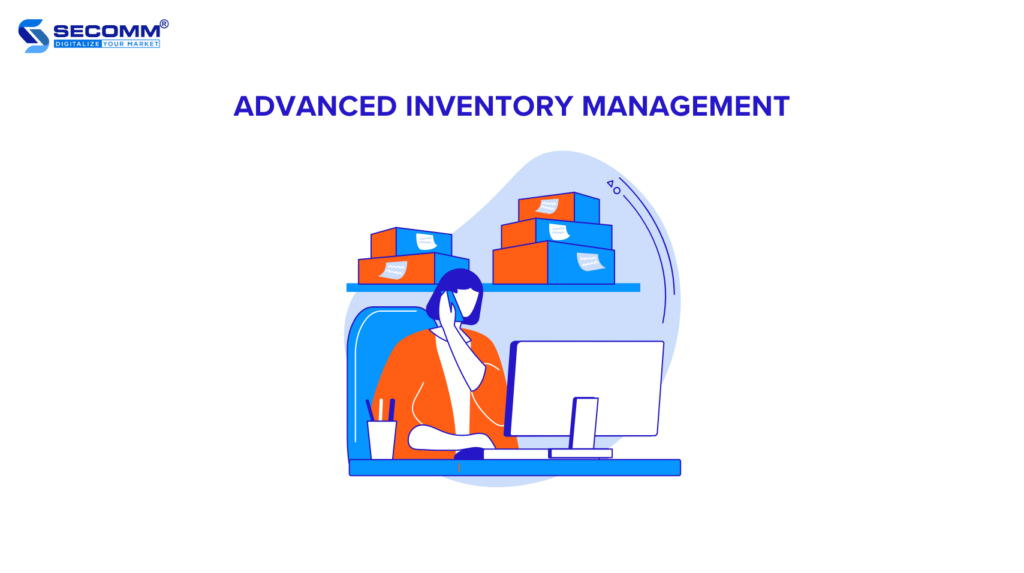
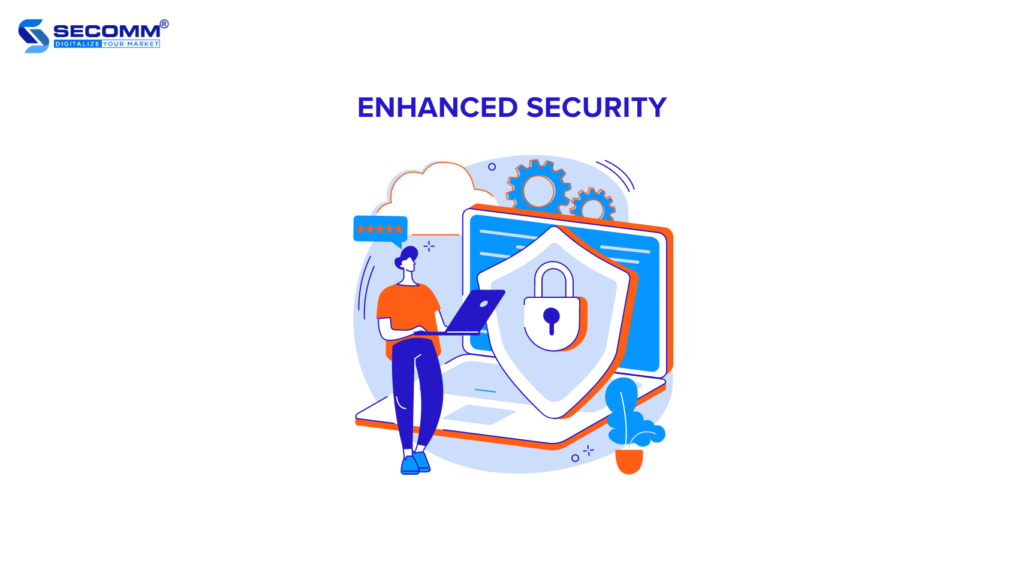
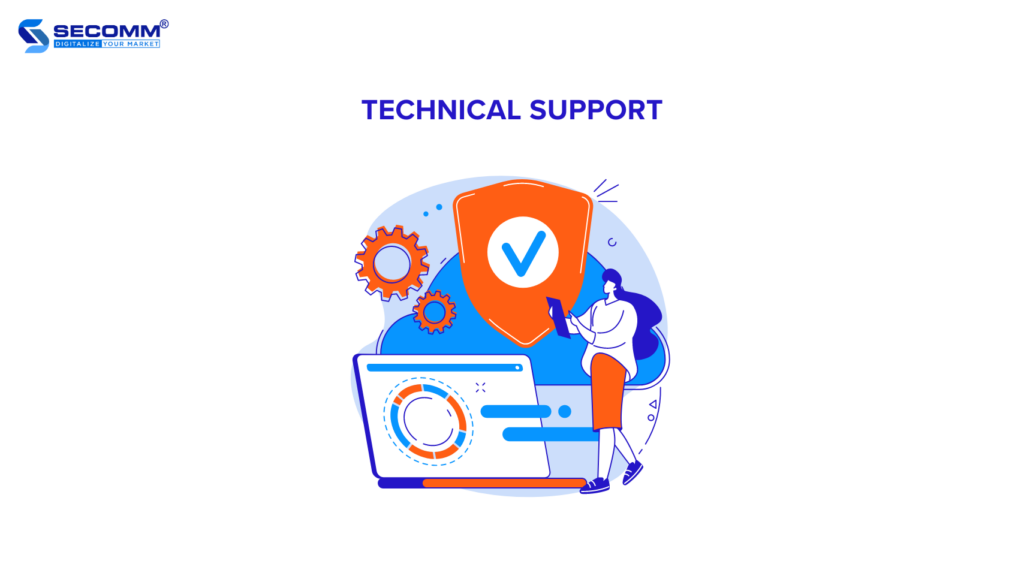
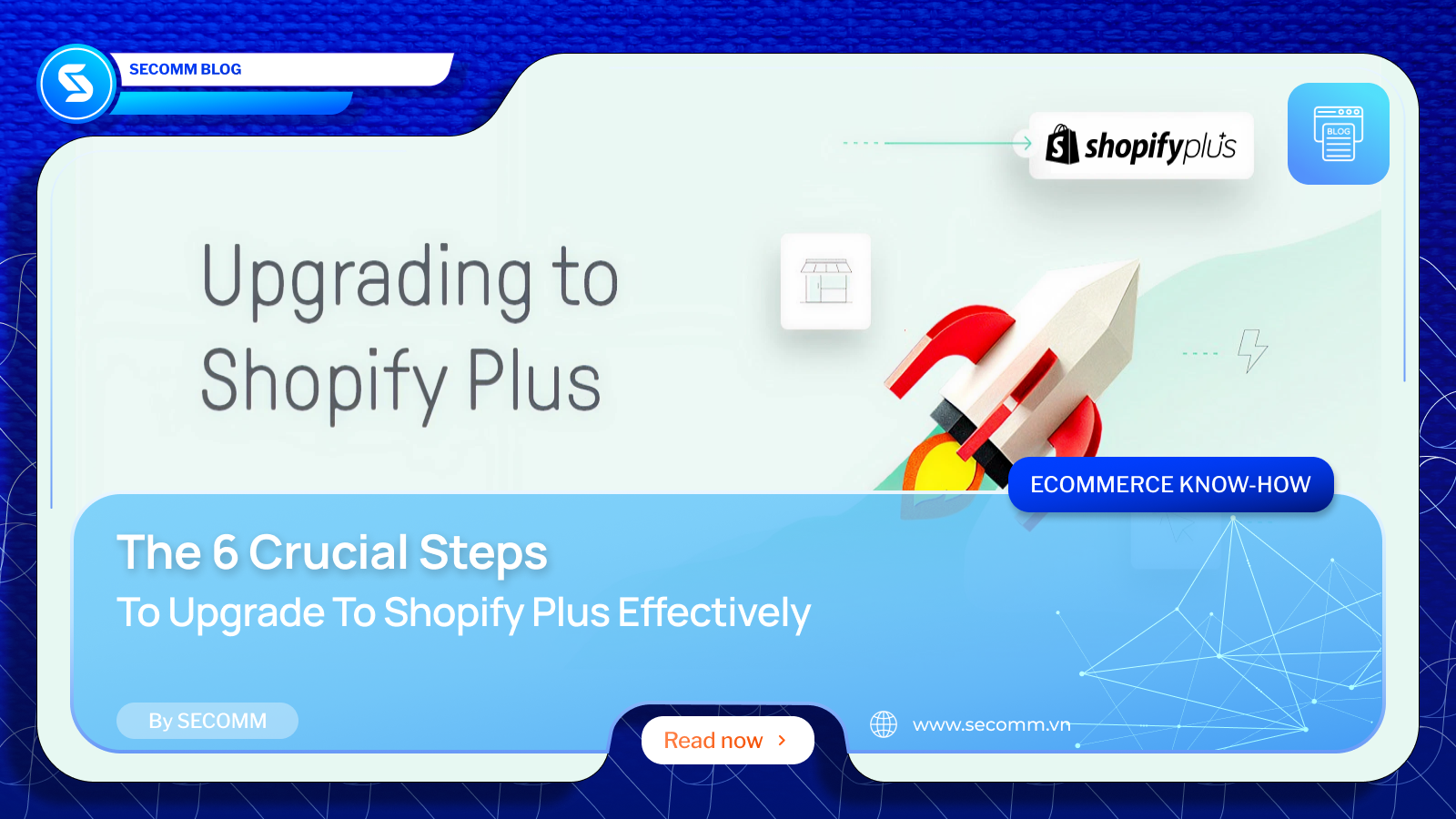

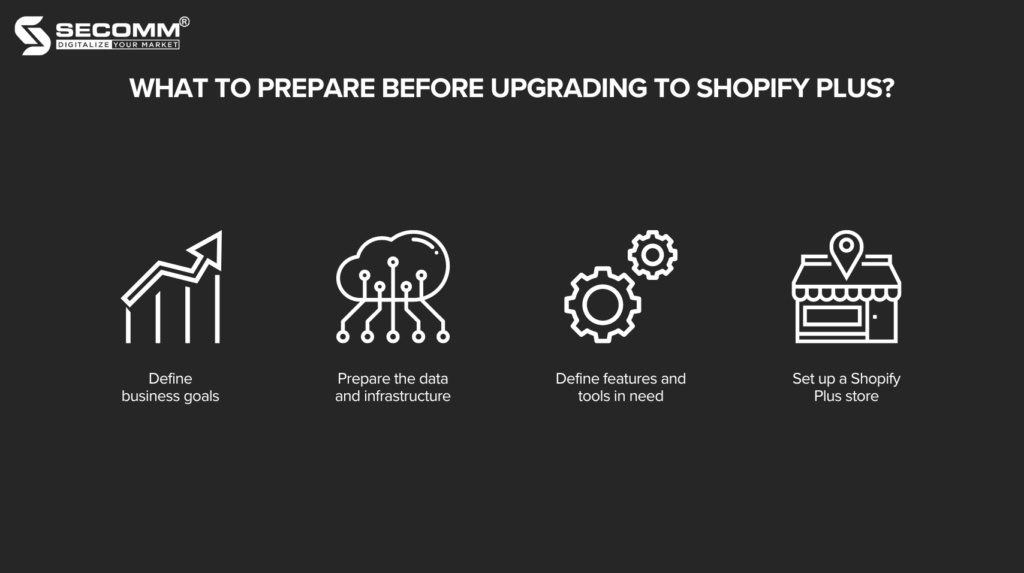
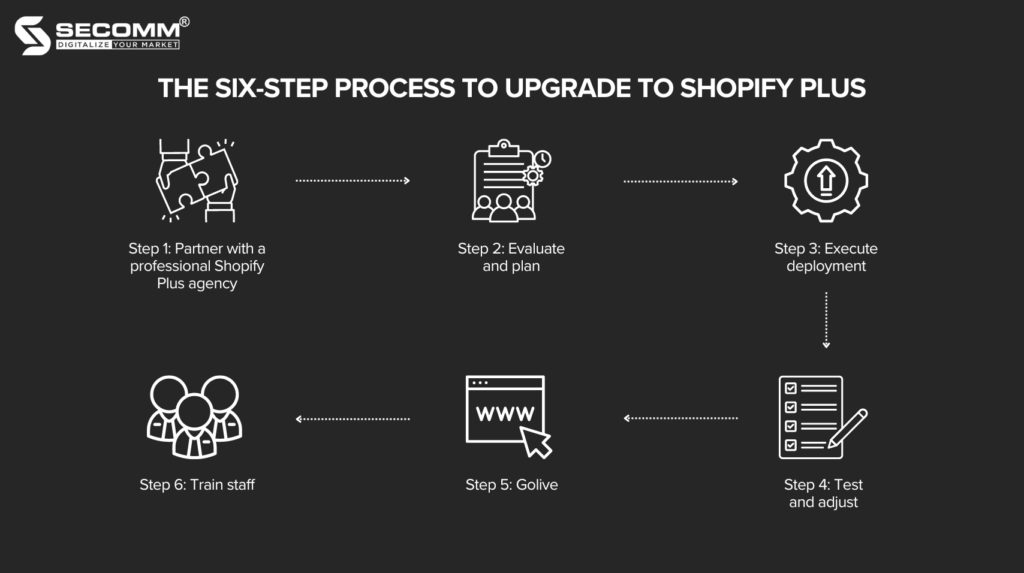
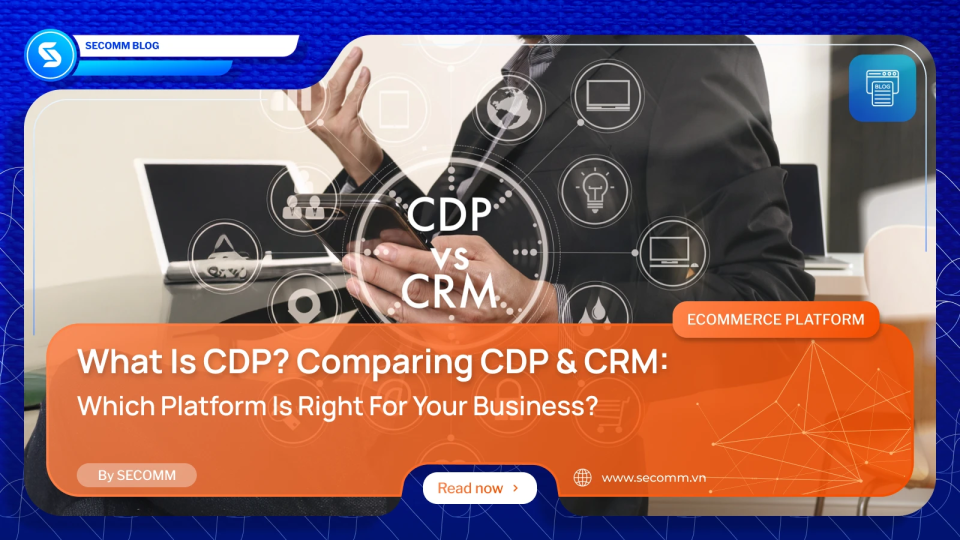
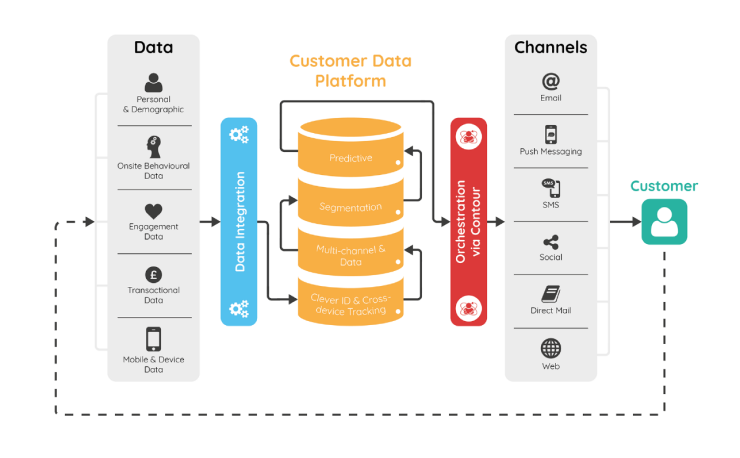
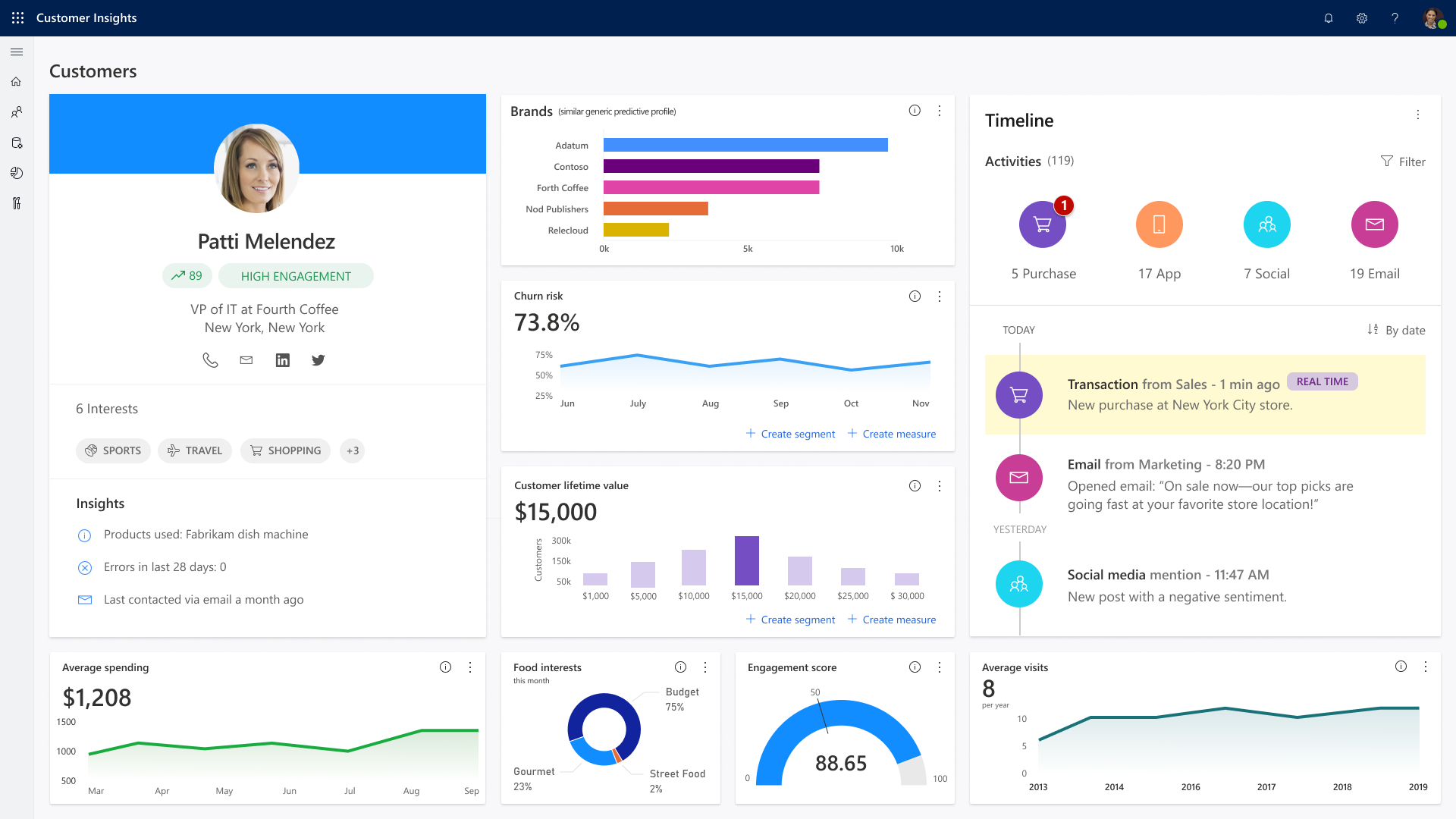
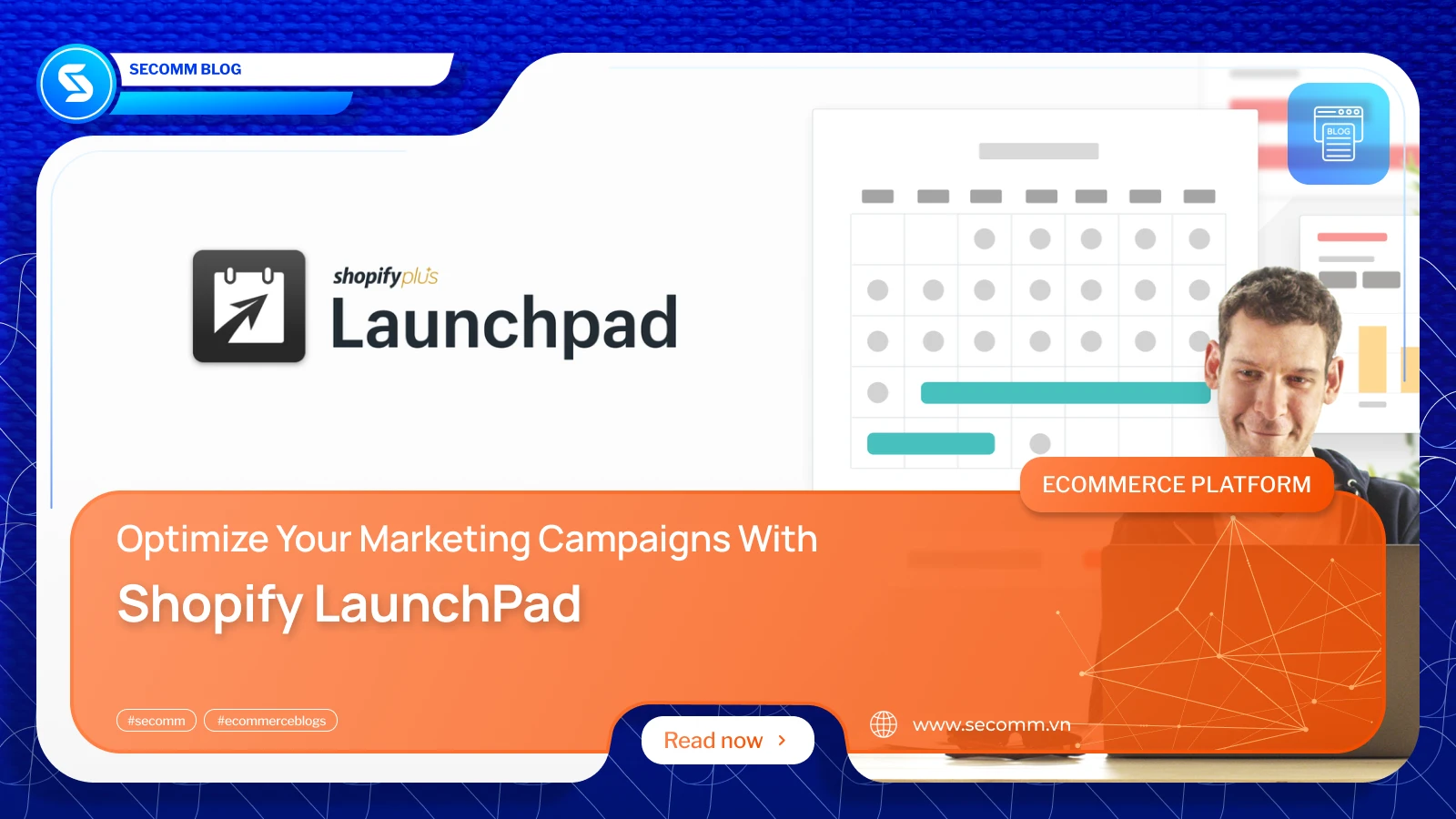

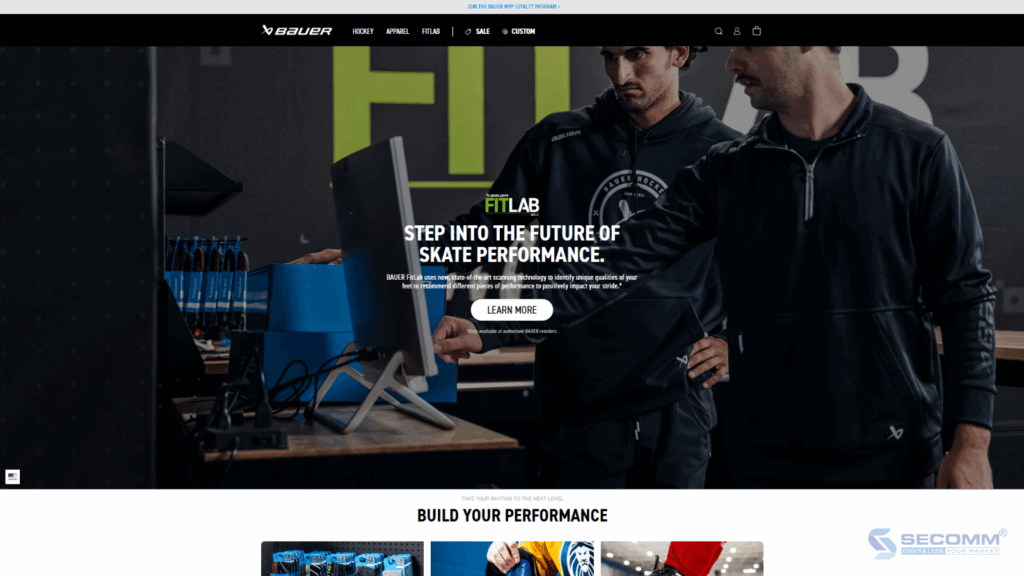
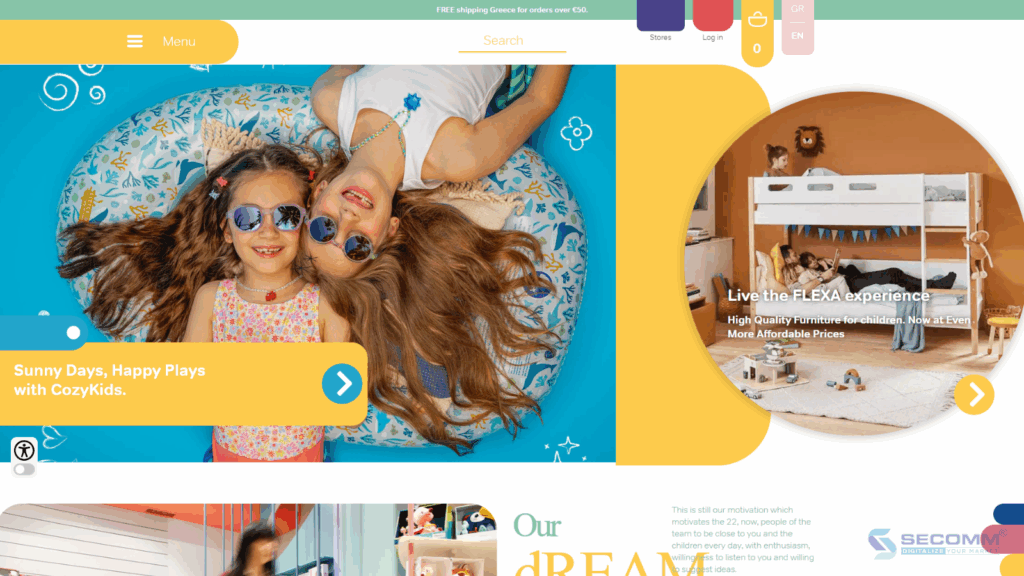
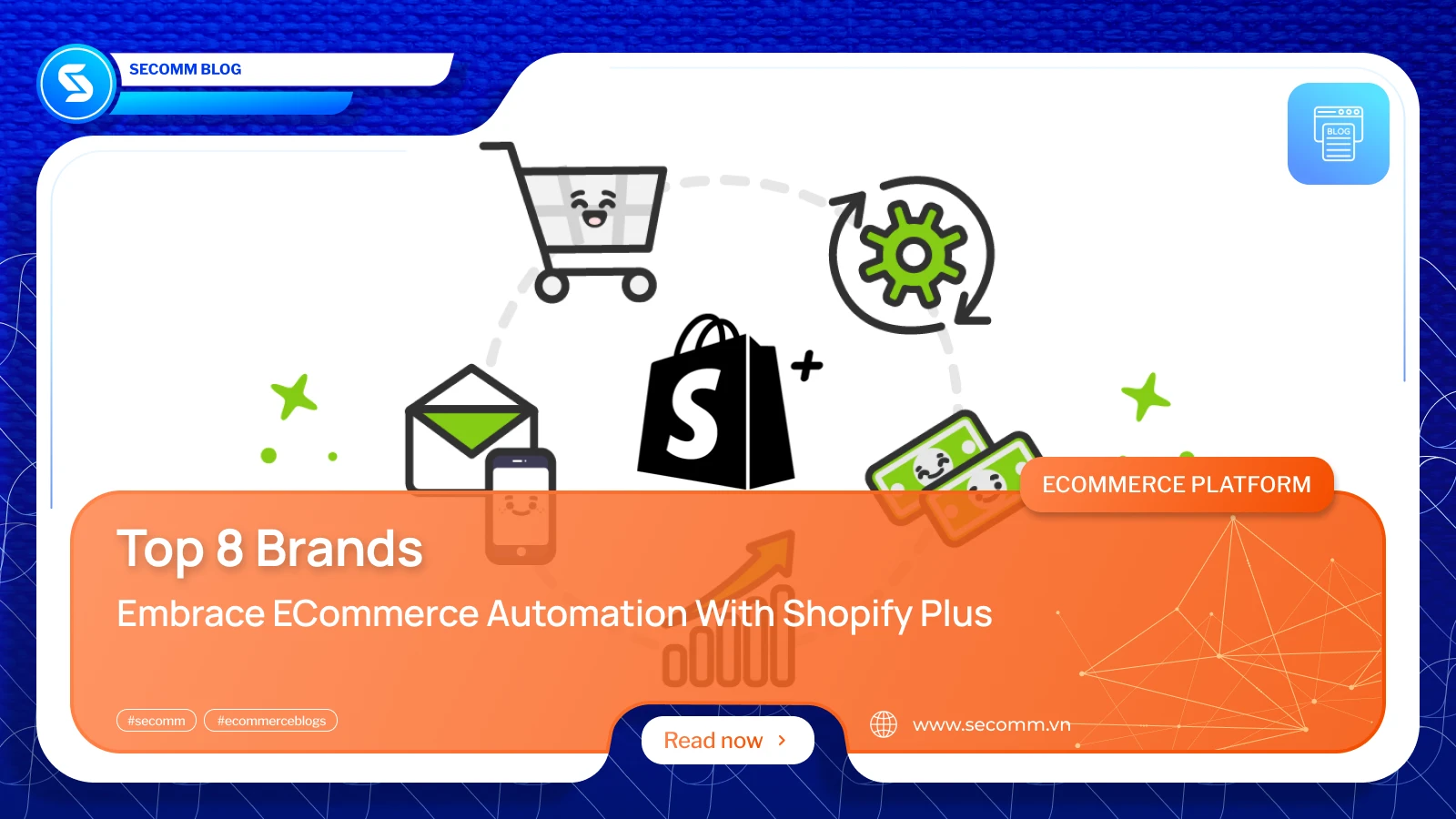
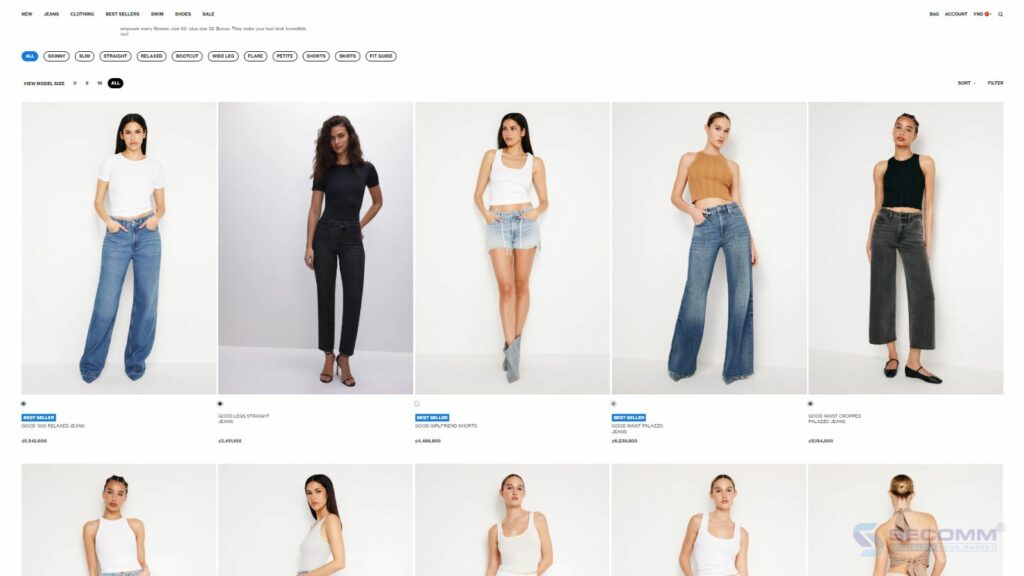
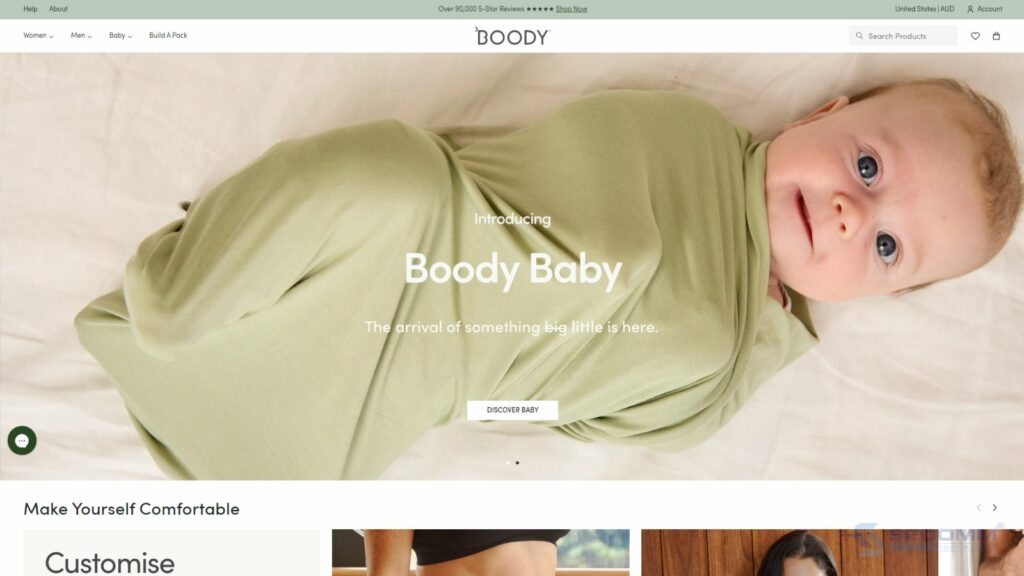



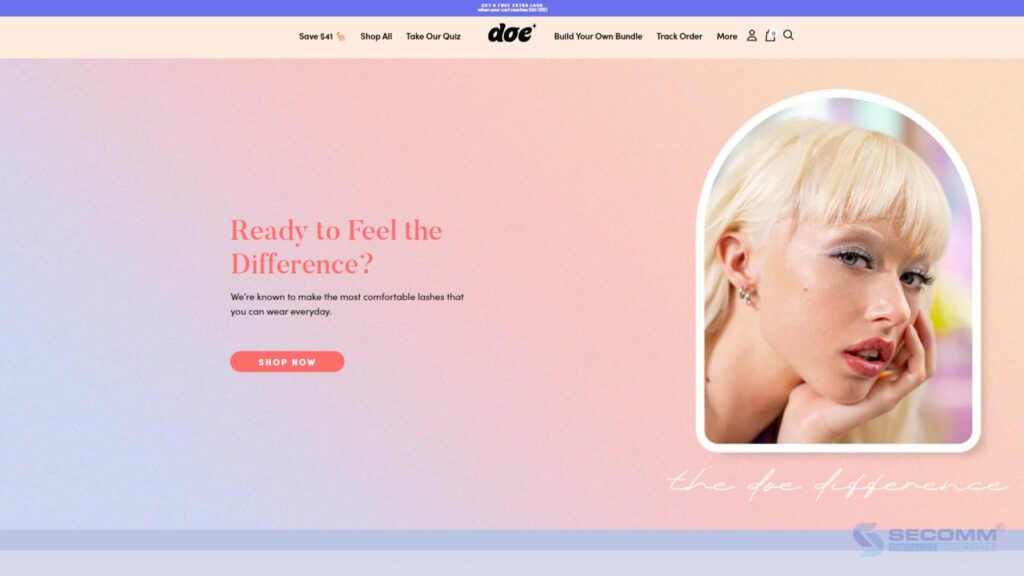


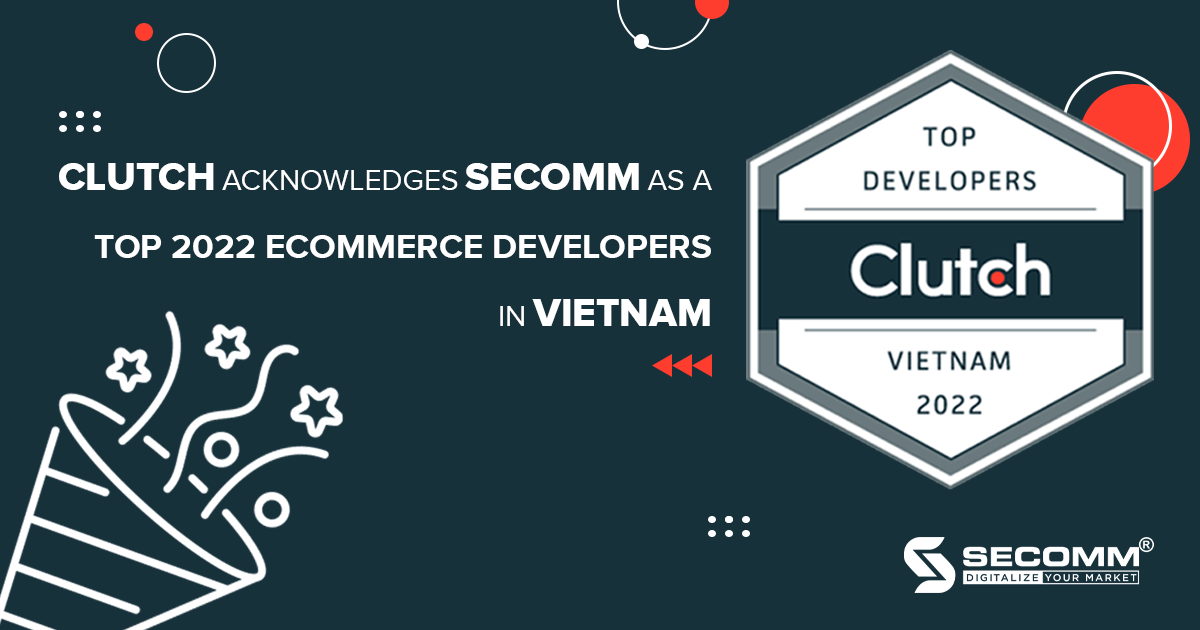
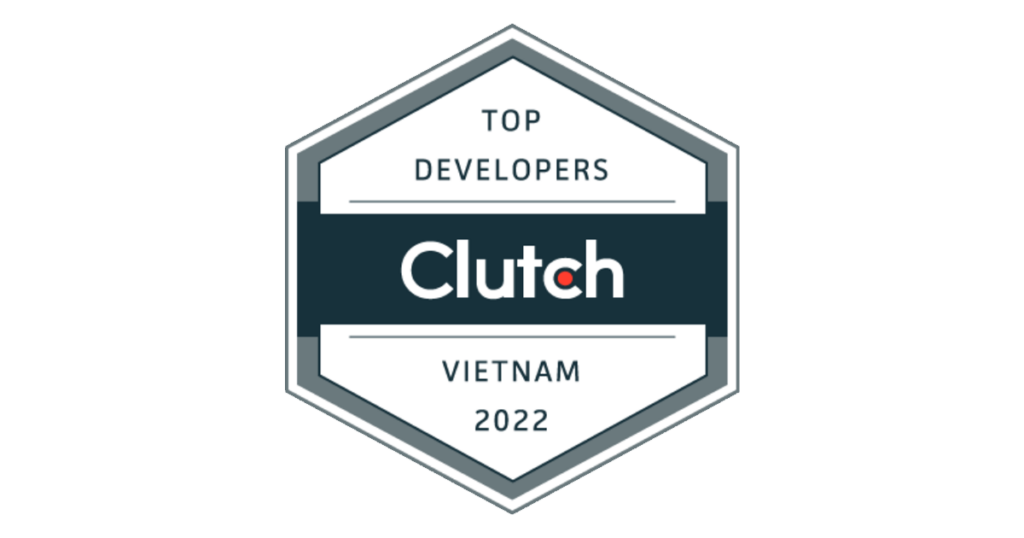
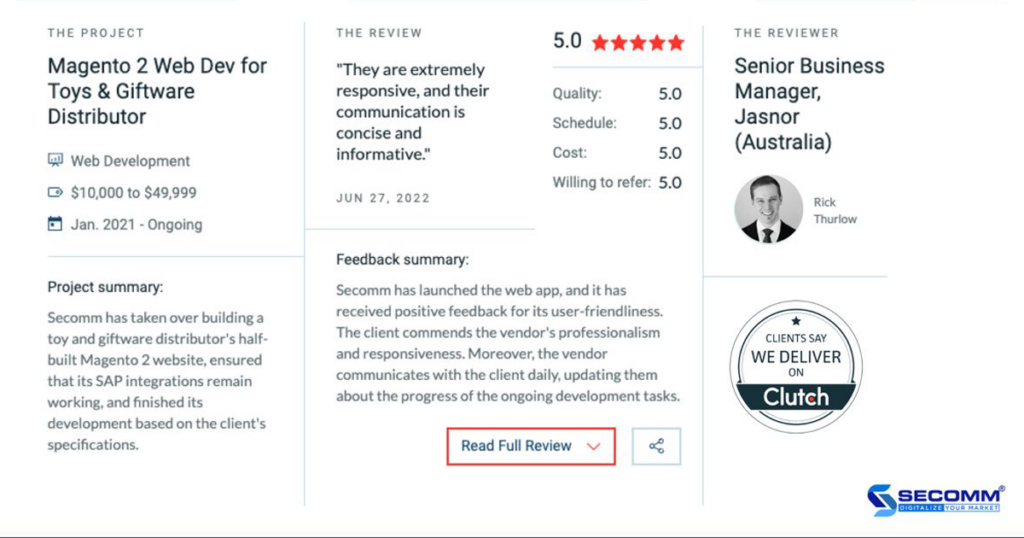
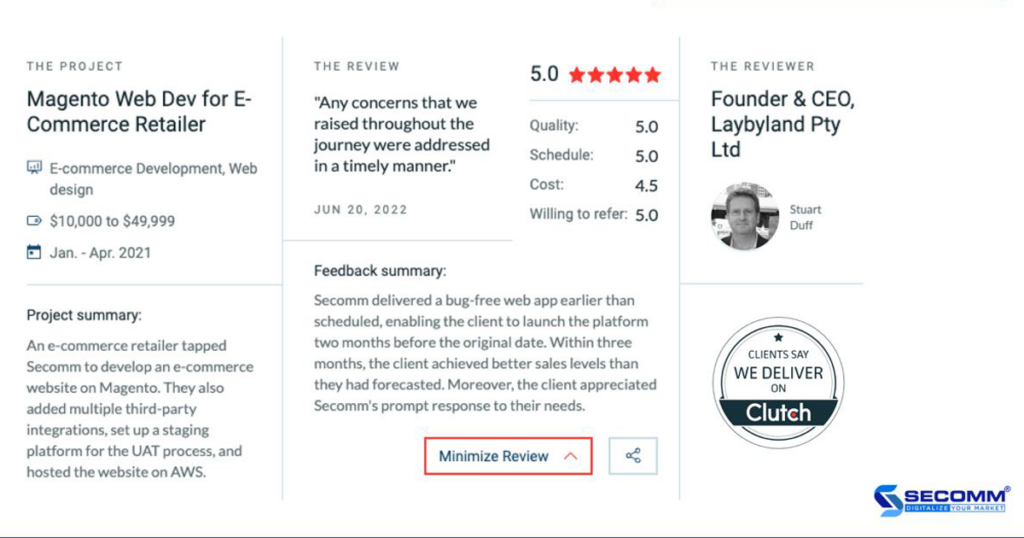





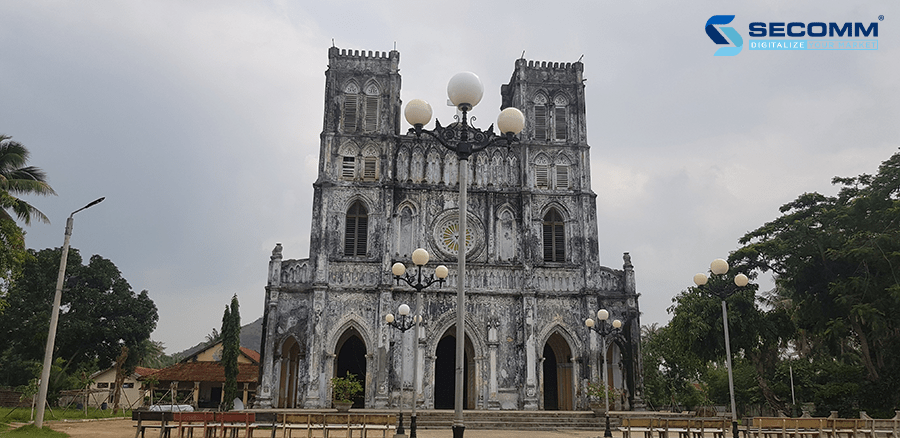
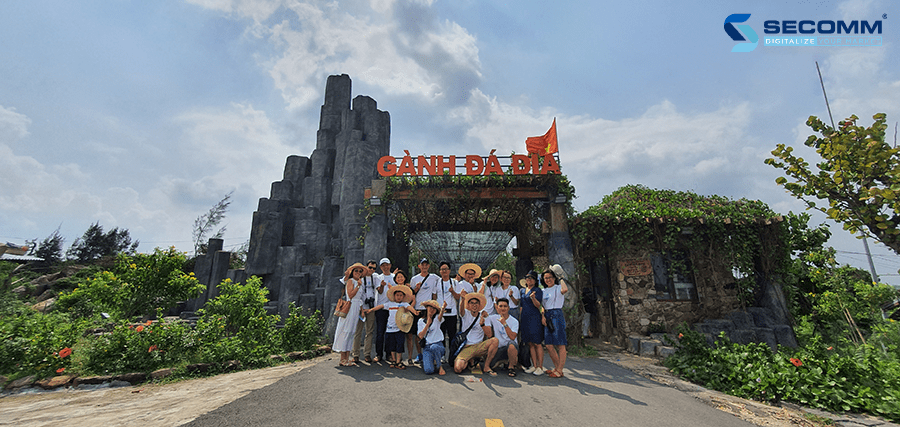
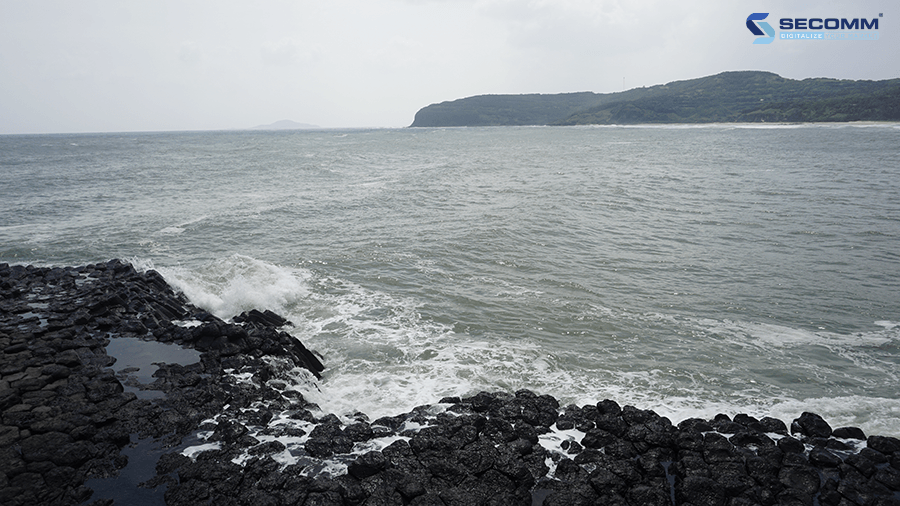
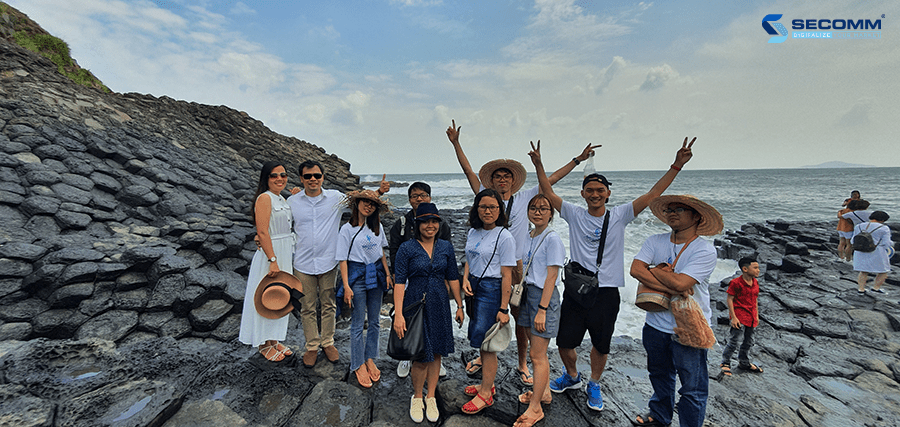















Comment (0)